|
Brief For our first project for this module we had to design and create a 'manifesto', rule book or instruction manual that informed learners of the basics of typography in ten steps or facts. Theme, content and format had to be carefully considered. Research I began my research looking in books and online for some inspiration to get me started. I initially thought about creating an interactive hard cover book with pop-ups and other interactive elements, however due to unforeseen circumstances I felt it necessary for me to change this idea to something simpler to guarantee I could present a finished piece. Due to this my initial research was geared more towards my first idea but I still took inspiration from the design layouts I found when working on the idea I finally went with. I wanted the design of the pages to be as simple as possible so that the information was easy to see and understand. I found looking at other published books on typography that I found them too cluttered, with too much information on the pages which caused me to feel overwhelmed and not want to read everything. I wanted the theme and content of my piece to appeal to the absolute beginner, focusing on the absolute basics. My second idea was inspired by study cards, used to learn and memorise key points of information in a simple and portable way. I thought this was a good idea as it meant I could summarise the absolute necessities when it comes to understanding typography due to the smaller format and keep the graphics themselves clean and simple in order to utilise that limited space.  Initial Ideas Here are my layout ideas for the format of my interactive book; my initial idea. I was trying to come up with different ways to deliver the information that was fun so that the reader stayed engaged enough to keep reading. A few of these ideas were taken from a book I got from the library called 'Making Handmade Books' by Alisa Golden, and others i was inspired by a book I owned myself by the graphic design studio MinaLima, 'The Little Mermaid and Other Fairytales'. This book is part of a series of old classics which they illustrated with interactive elements. Developments Using Adobe Illustrator, I began creating the pages for my study cards. I chose to use a very simple colour scheme of red and pink as I liked the way the complimented each other. I also followed the advice given on one of the cards themselves of restricting myself to using just two typefaces; a serif font and a non-serif font, also making sure I considered hierarchy of information throughout. The last step involved me added some textures over everything so everything looked a little less flat and had more definition. Below you can see the process for one of the cards, step by step: After I had figured out the general style and layout I wanted to go with I began creating the other cards. They each had the title of the topic on one side and the information on the other side, just like a general study card. I also chose to make a card for the 'cover' with the contents of what information the other cards covered on the back. I also designed a belly band to keep all the cards together, sort of like outer packaging. I did these exactly like the one shown above but removed the pink background as I chose to print the cards directly onto pink paper. Mock Ups My first print out I did on plain white printer paper. I knew I wanted to find a way of binding the cards together so they were in more of a book format so I first experimented with a Japanese stab binding using wax thread and some other book binding tools I owned and wanted to utilise. However, the paper was too thin and flimsy and I wasn't a fan of how cheap and poorly made it looked so I decided to mount each of the cards onto some thick card using spray mount. This made the cards look way more professional and much more durable. I decided to also create a few digital mock ups to show how the cards could be professionally made, as lack of equipment and materials prevented me from producing them in this way myself. Final Piece
Shown here are the final mounted cards. I left space above each card in order to create holes for binding. I decided to improvise and create my own ring binding using 0.75 inch loose leaf binder rings which I spray painted white. Overall I am satisfied with my final outcome even though things had to be changed last minute. I still think I managed to produce a meaningful 'manifesto' that highlights the basics of typography to a complete beginner in an interesting, easy to understand way.
0 Comments
Ampersands One of the mini activities we were given were to collect 20 different ampersands. I chose to display mine in booklet form using a saddle stitched binding using thread. Talking Type/Type Personality The next activity involved us being given a choice of two scripts which we had to translate into typography. We had to assign an appropriate typeface to each person that represented them and so that we could "see" their voices. Choosing the script from Harry Potter, I started out experimenting with a few typefaces for each character first. I wanted the typeface for Hagrid to infer his size so chose a thick, bold font. For McGonagal I tried to find a typeface that represented her seriousness using a thin, clean serif font. I wanted Dumbledores to come across as the most interesting using a typeface with serifs to represent his authority, but also showing some quirkiness. I then experimented with a few different layouts, first digitally and then by cutting and sticking onto layout paper. DIY Alphabet
For this activity we were given a day to create our own DIY alphabet inspired by the various alphabets in presentation we were shown. I chose to make up the letters using different office-like supplies I had available to me in my room such as paperclips, push-pins, staples, felt-tips, post-it notes and biro pens. Brief Our first project for this module required us to design and create a box that represented the celebrity/historical figure we were randomly given. The cube could be as bizarre as we wanted as long as it communicated a reasonable about of information about the person, didnt break out of the dimensions (200x200x200mm) and didn't include the persons face. Research To begin we had to thoroughly investigate the person we were given. I was given the historical figure Che Guevara, who I had practically zero knowledge of, so after very thorough research online I manage to get my head around who he was and why he was an important person in our history. Ernesto "Che" Guevara was a Marxist revolutionary leader, particularly during the Cuban Revolution. He was born in Argentina into a middle class family and studied medicine at the University of Buenos Aires. During his travels across South America he witnessed the extremely poor living conditions, leading him to believe only revolution could bring them justice. During the late 1950s, he aided Fidel Castro in overturning the Batista government. He was later captured in Bolivia where he was executed in 1967. I then took my visual research and created a mood board/collage. I include images of Cuban symbols such as their national bird and flower, as well as symbols related to revolution. Initial Ideas After researching I began to get some initial ideas down on paper; ways I could represent Guevara without using his face or name in my finished piece. One of the ideas that stuck was to represent him using an animal that I thought could match his personality and the way he looked. He seemed to be a very strong minded person with lots of leadership-like qualities. A raven is a very intelligent and cunning bird, and due to them having black feathers I thought it was a good match. I did also think about using the Cuban national bird, but seeing as he wasn't born in Cuba and the bird itself was very colourful I didn't think it would match his persona as well so I stuck with the raven. I then started to think more about how to design the box itself. I decided I would make my box inspired by a peep show box theatre, adding dimension using layers of different images related to Guevara. Some of my ideas involved making it look like a sort of 'box of curiosities', inspired by the work of Joseph Cornell, filling it with little trinkets related to the figure such as maps, bullets, flags, cigars and propaganda posters. I also started to think about how I wanted the outside of the box to look. At least three sides had to be decorated with nothing going outside the dimensions so I thought I would just paint the outside using colours inspired by the Cuban flag. Mock Ups Here I was experimenting a little with how exactly I wanted the outside of the box to look as I wasn't sure whether to do it exactly like the flag with the stars or just inspired by it. I leaned more towards the latter as I thought too many stars would be overpowering and I preferred using the big star on the top by itself instead. Developments I needed to create a box that had an open front to it, but so I could also lift the top off in order to insert the inside layers properly. Using scrap MDF and some help from a technician, I created a very sturdy, well constructed cube with a slide out top so I could accomplish this. After being painted and all elements put inside the top would no longer need to be removed and would be more of a seamless cube, apart from the open front. After the cube as finished, I started working on the inside elements. Taking an image of a raven, I used Procreate to edit a beret onto its head similar to the one Guevara was often seen wearing, as well as his iconic cigar. I also tried to make its face look more stern and determined. Final Piece
It then came to adding all the elements together. I started with painting the outside and areas of the inside using acrylic paint and sandpaper to make it look more old and worn away, like a gun crate from the war. I then pasted images of maps related to Cuba and his travels around South America at the back, representing that being the beginning of his motivations. The next layer I pasted onto some thick foam board to give it more sturdiness and a 3D-effect. I used an image of a Cuban street for this. The bottom I used an image of some gravel to give the impression of destruction and war. The layers in the foreground included the image I create of Guevara as a raven as well as a flag and some bullets to further indicate the revolution. Overall, I am happy with the outcome considering it was so much out of my comfort zone; researching a historical figure I had no idea about in addition to creating a physical 3D object. The only thing I would seek to improve on in the future is the materials I used to create the inside elements as they didn't look as clean and sharp as I would of liked, mainly due to cutting skills and printer quality. However, I love how the layers give the piece dimension and encourage the viewer to look deeper, much like Guevara himself. |
AuthorHi, I'm Emma. I'm currently studying Graphic Design at the University of Cumbria. Modules
All
Archives
March 2020
|
Site powered by Weebly. Managed by 34SP.com

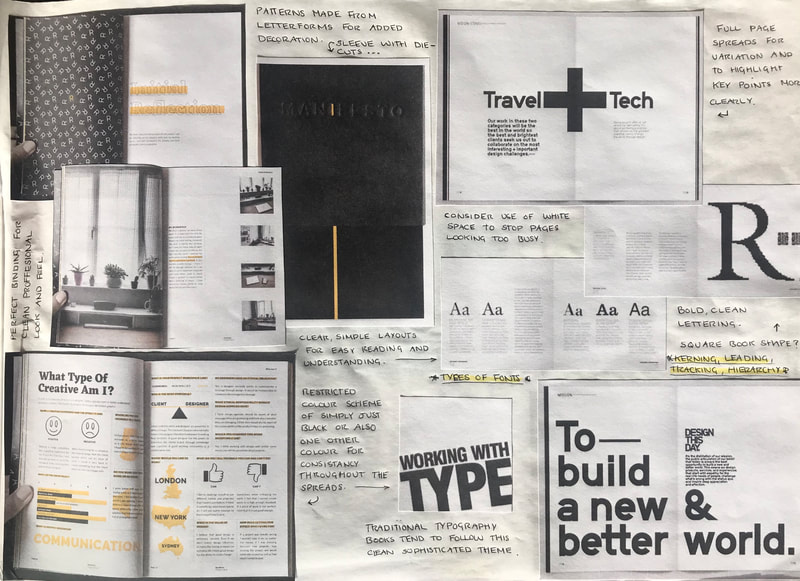
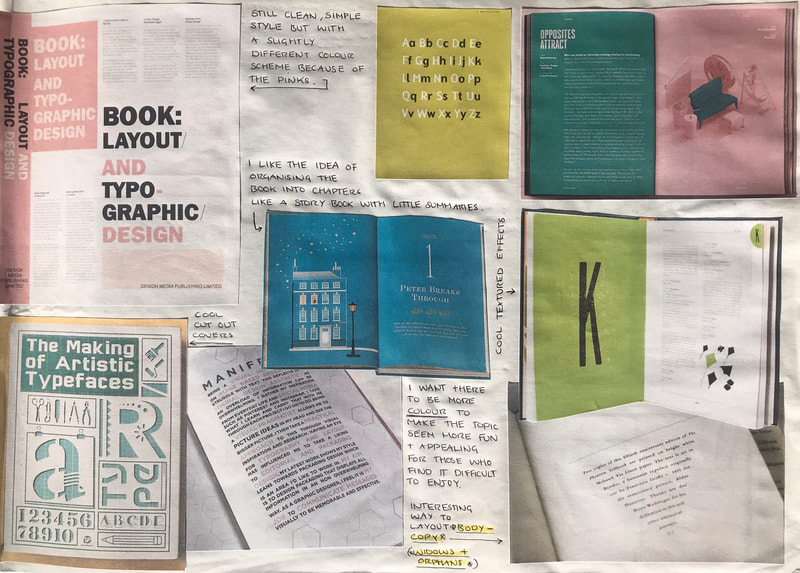
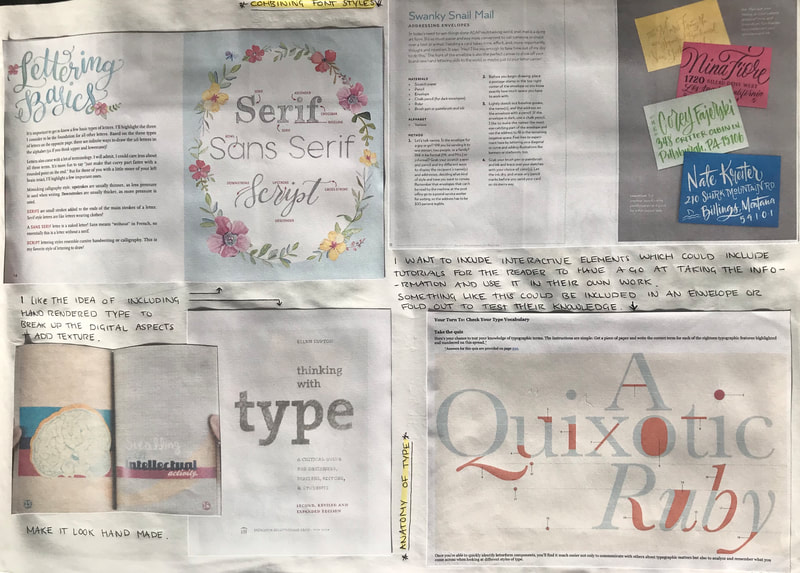
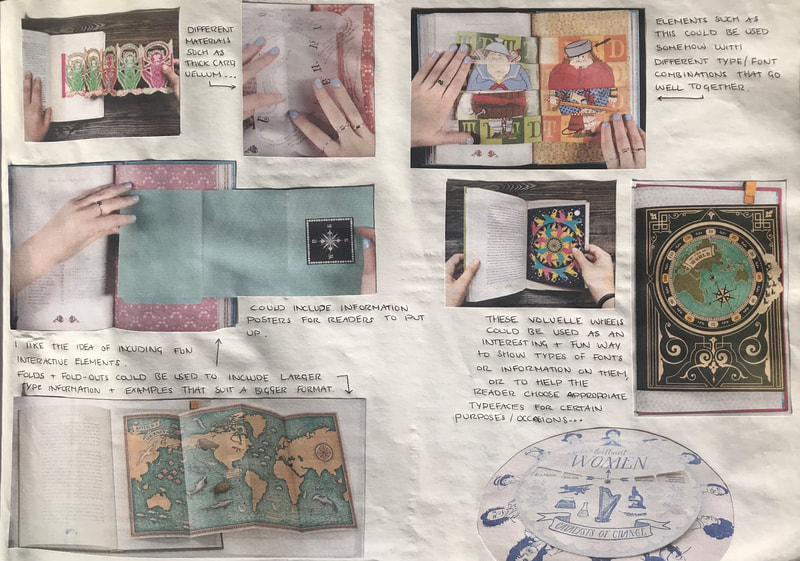
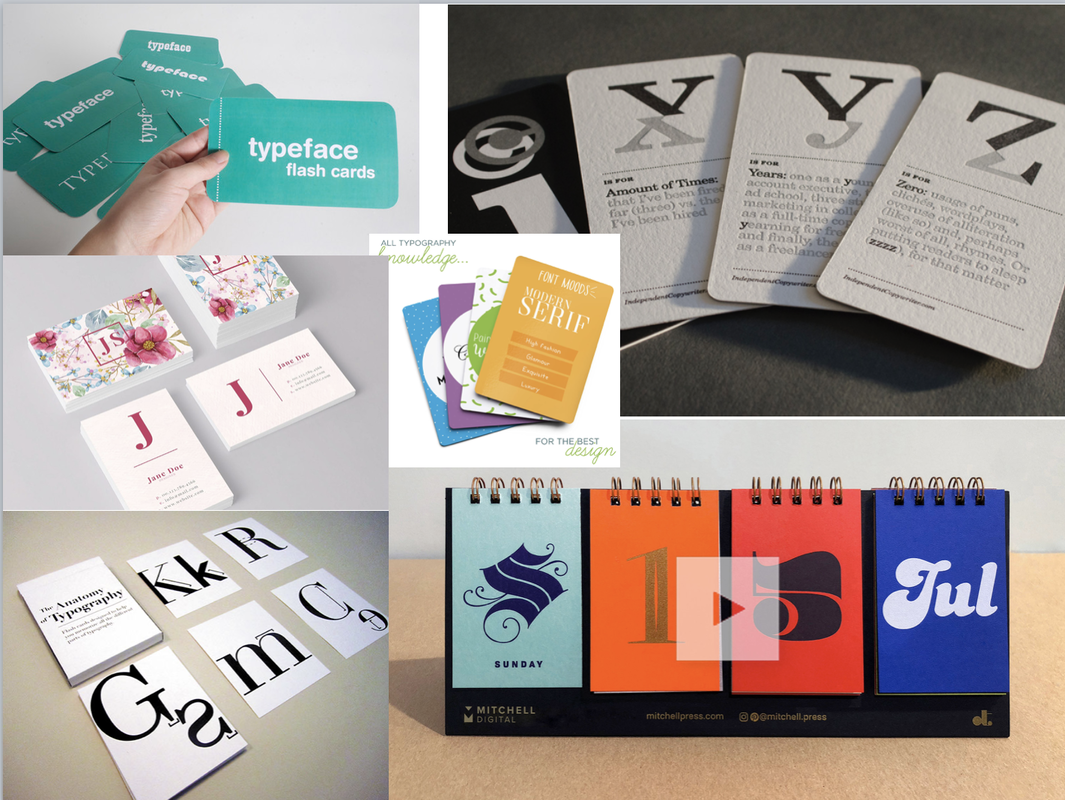
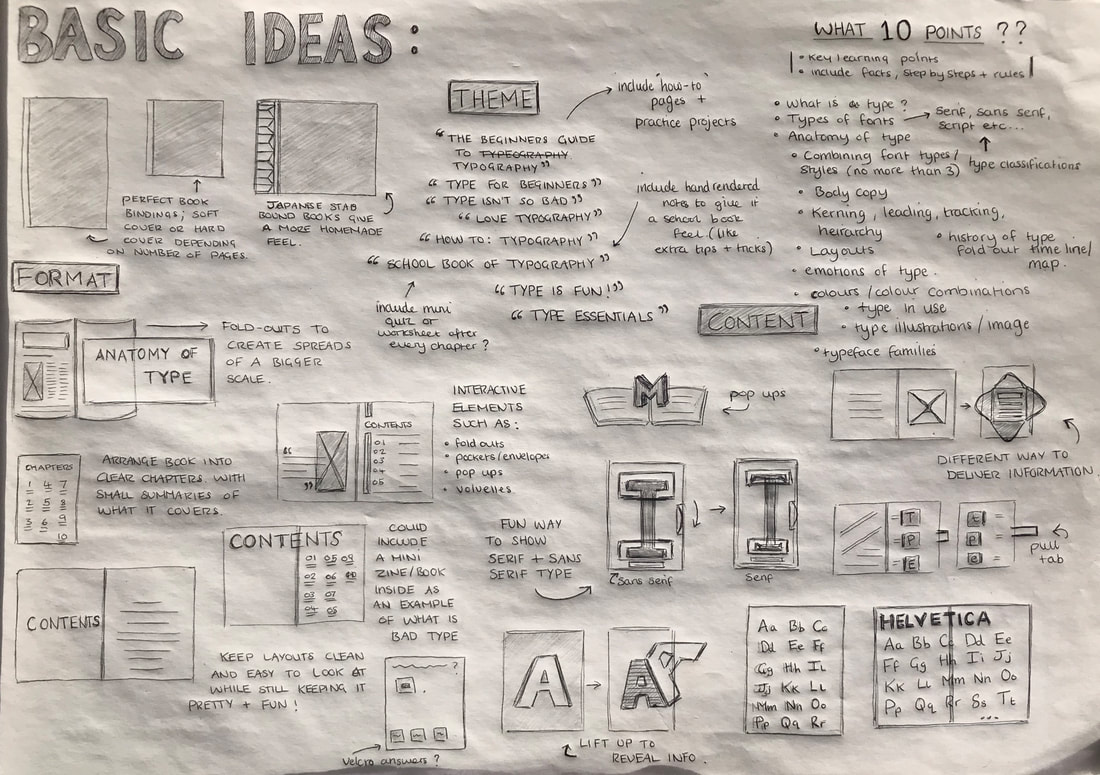
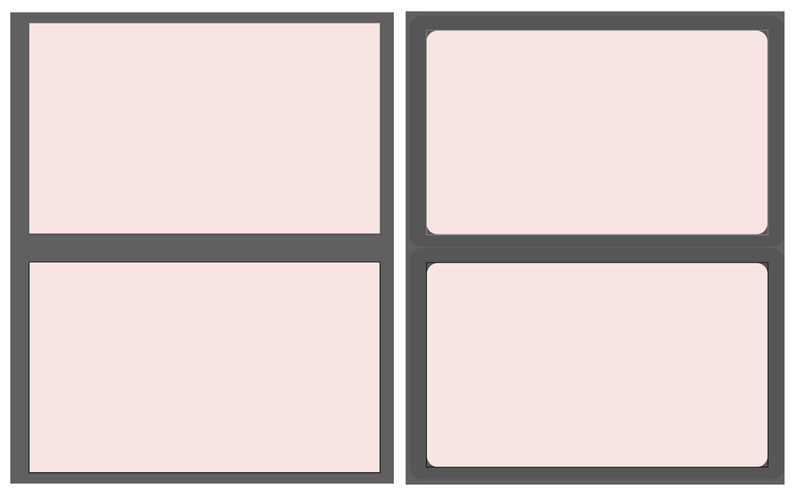
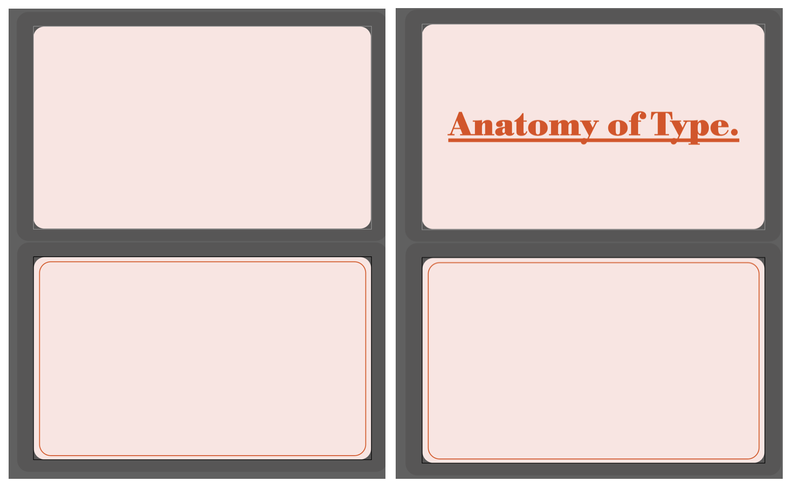
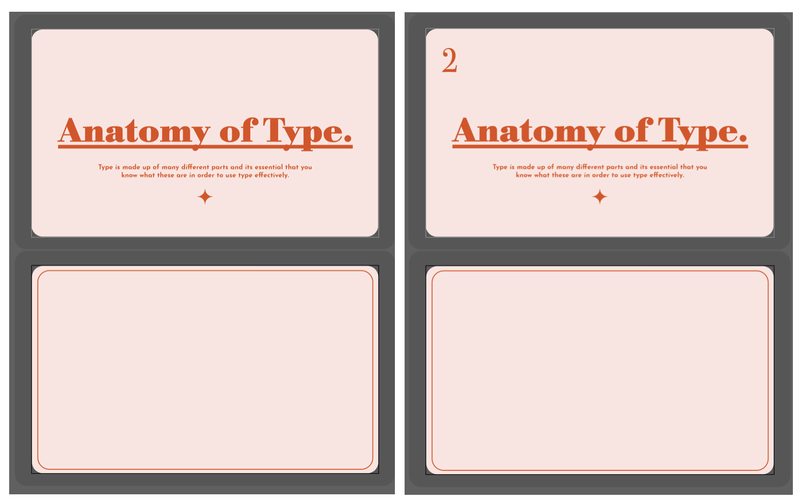
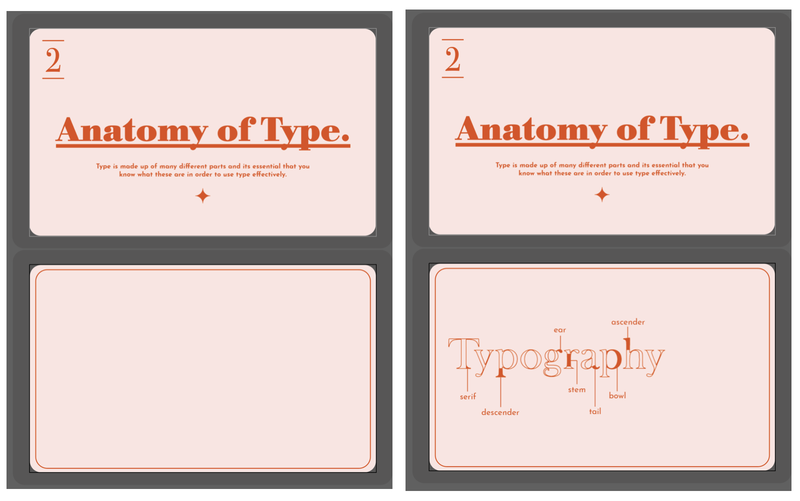
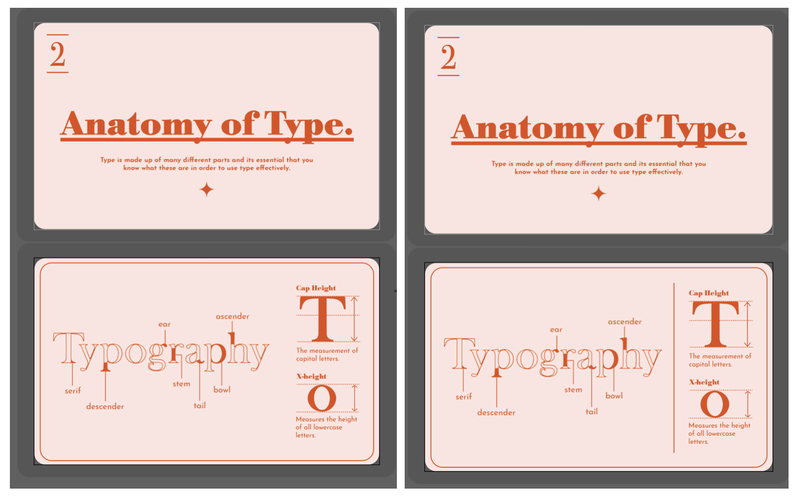
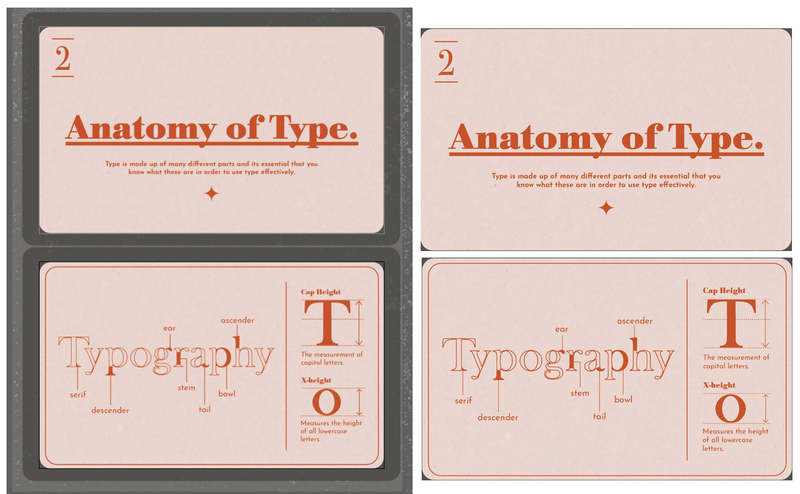
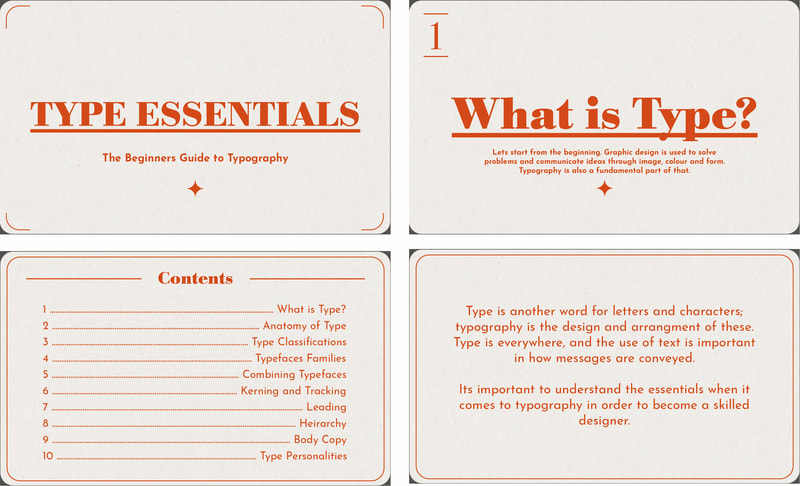
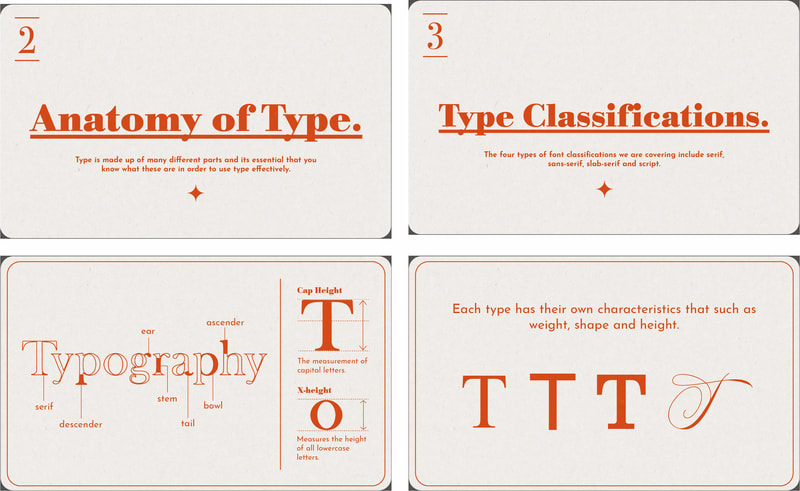
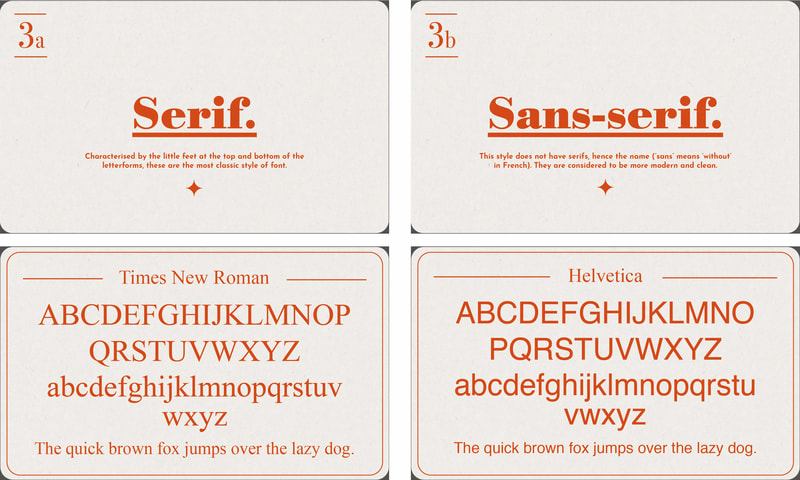
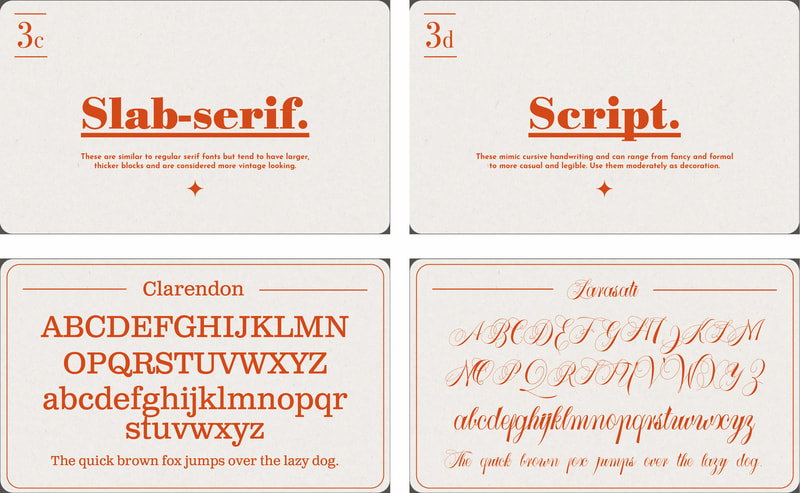
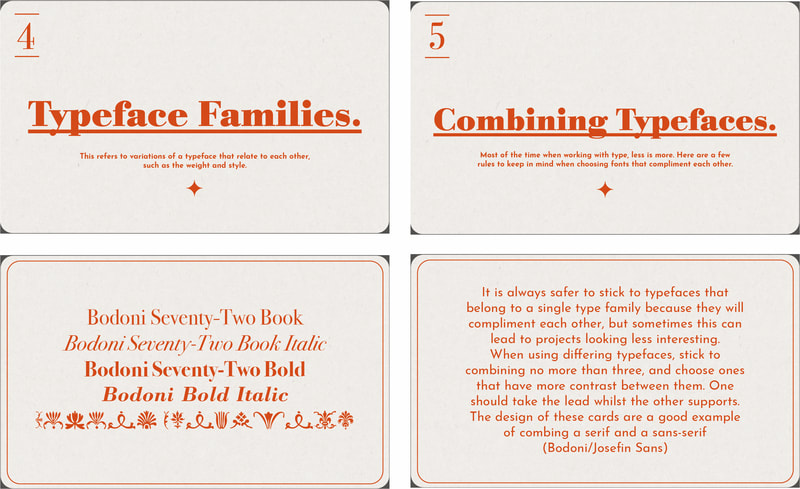
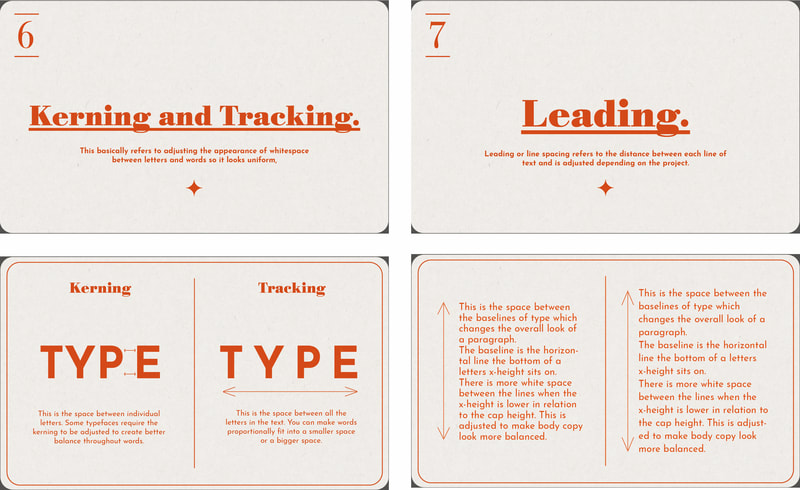
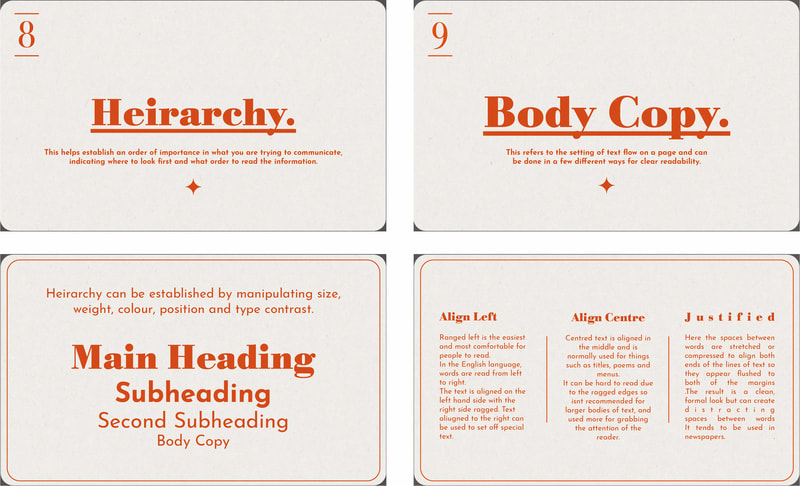
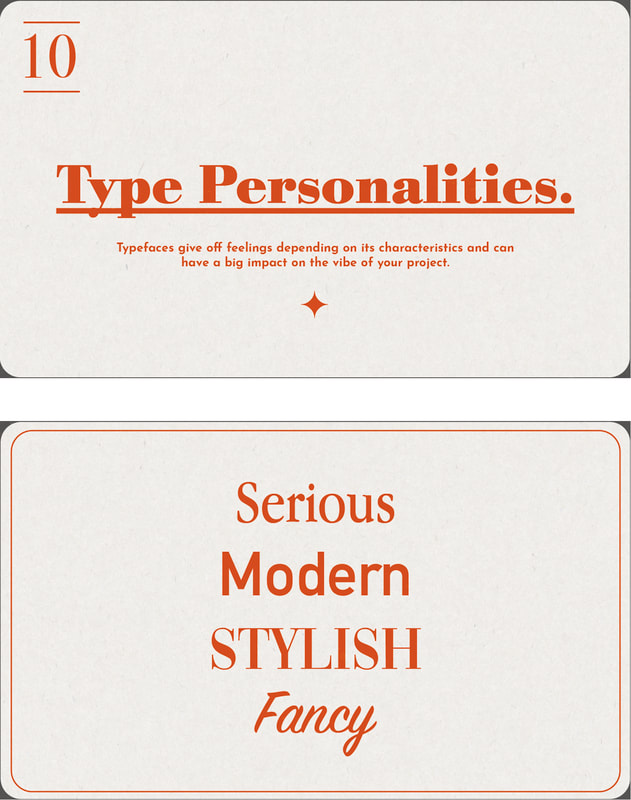
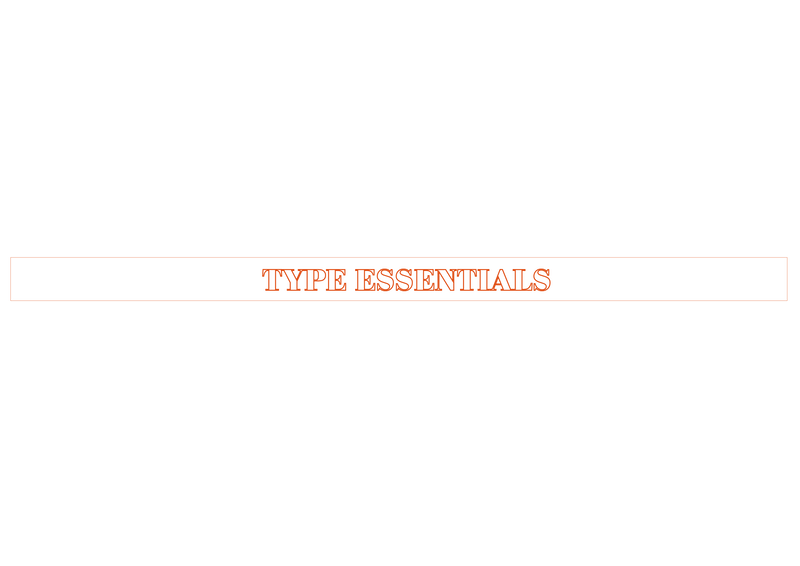
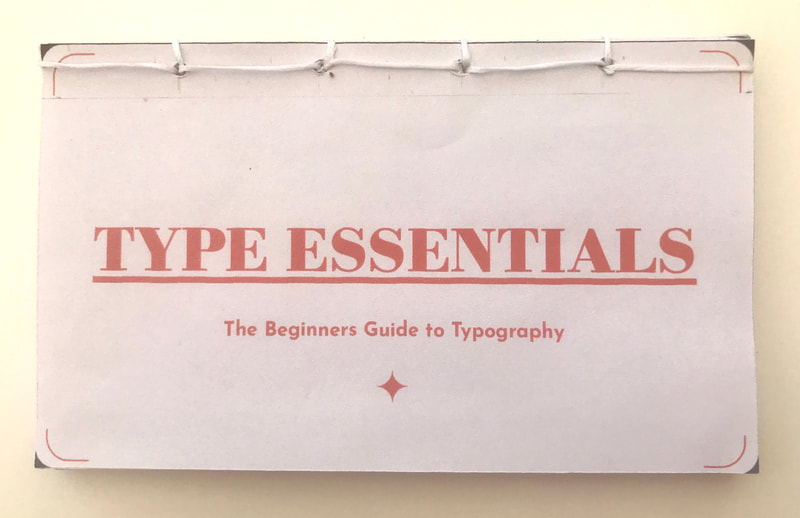
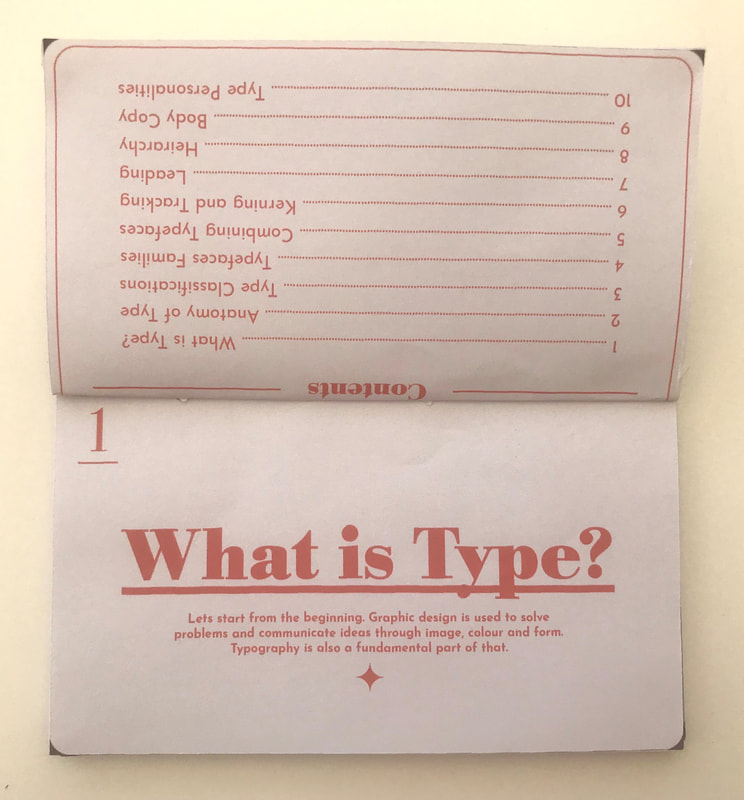
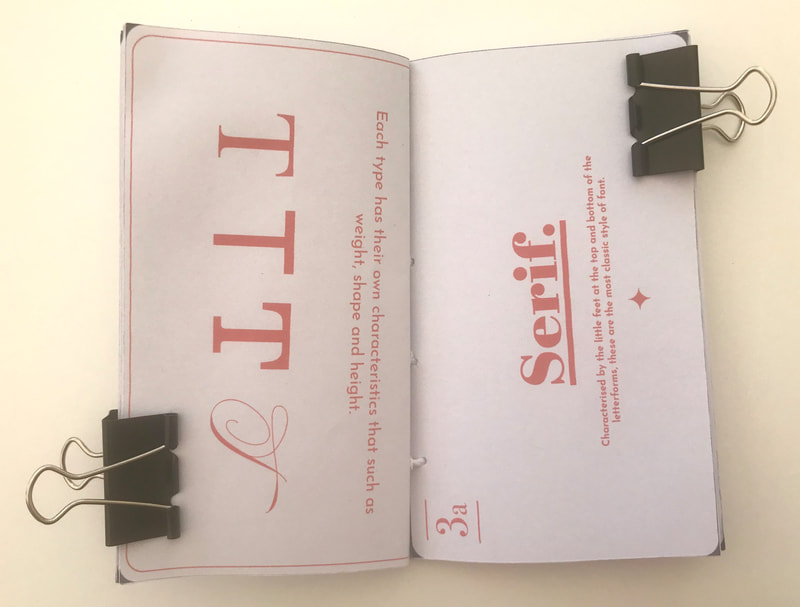
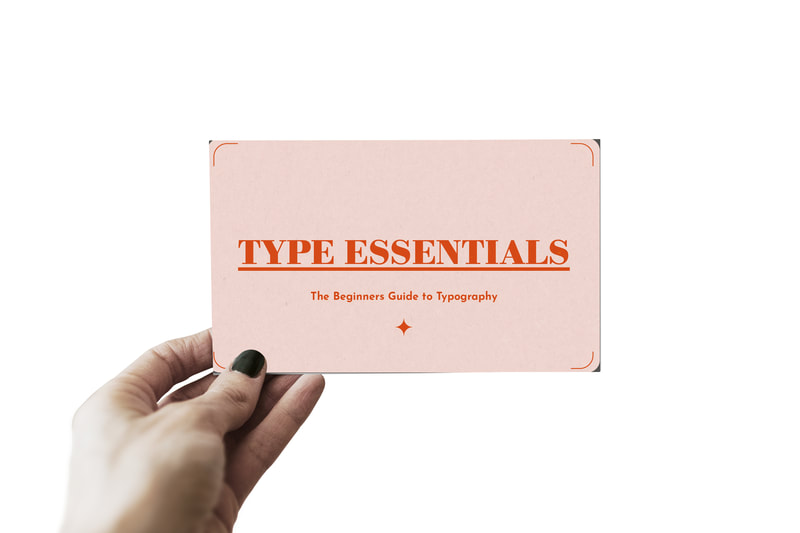
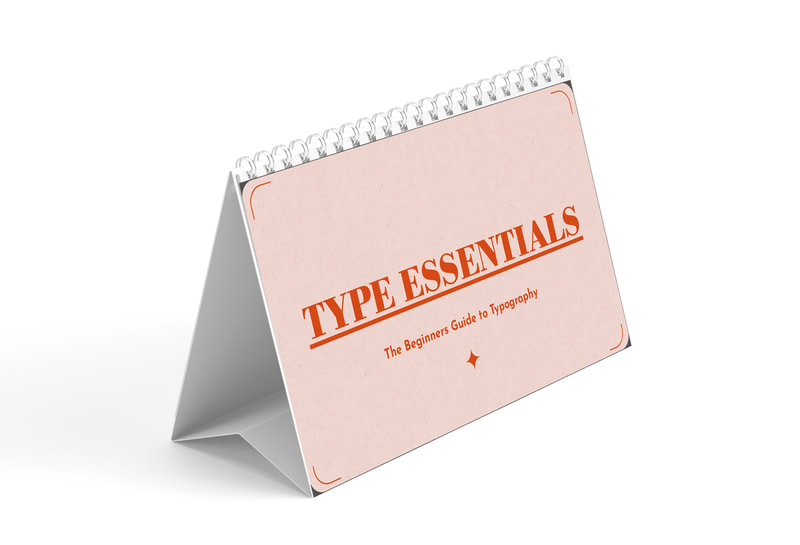
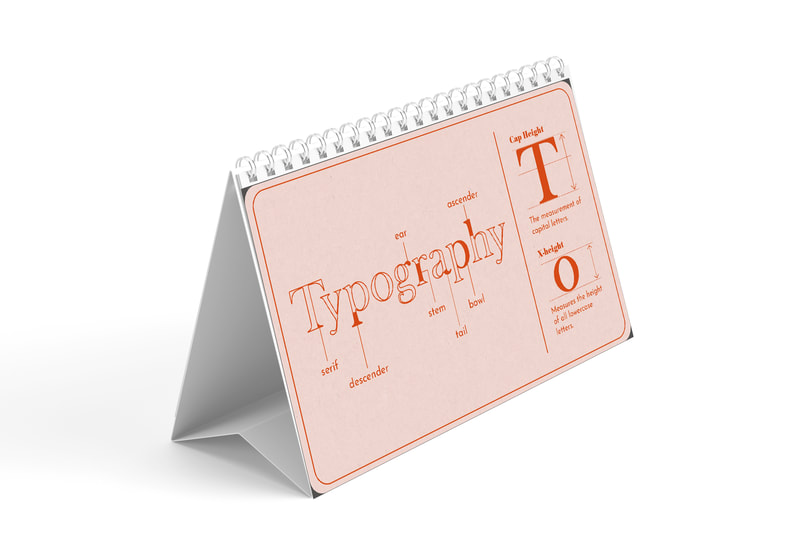
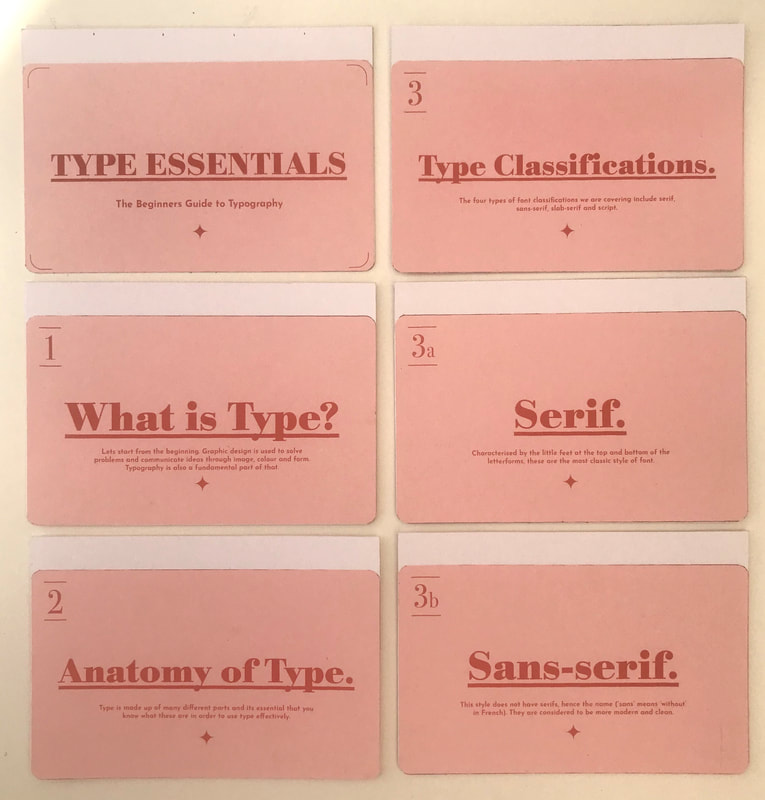
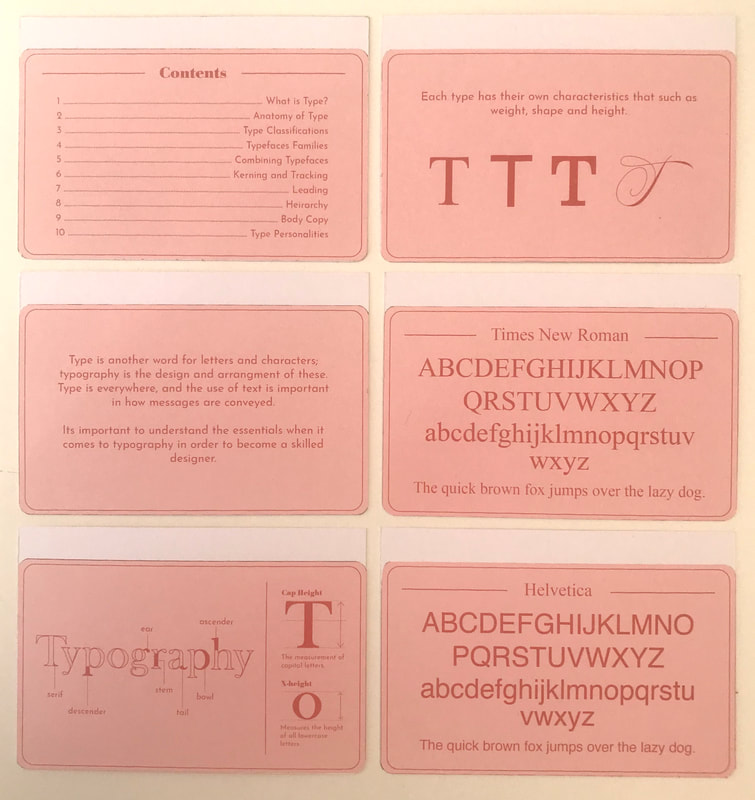
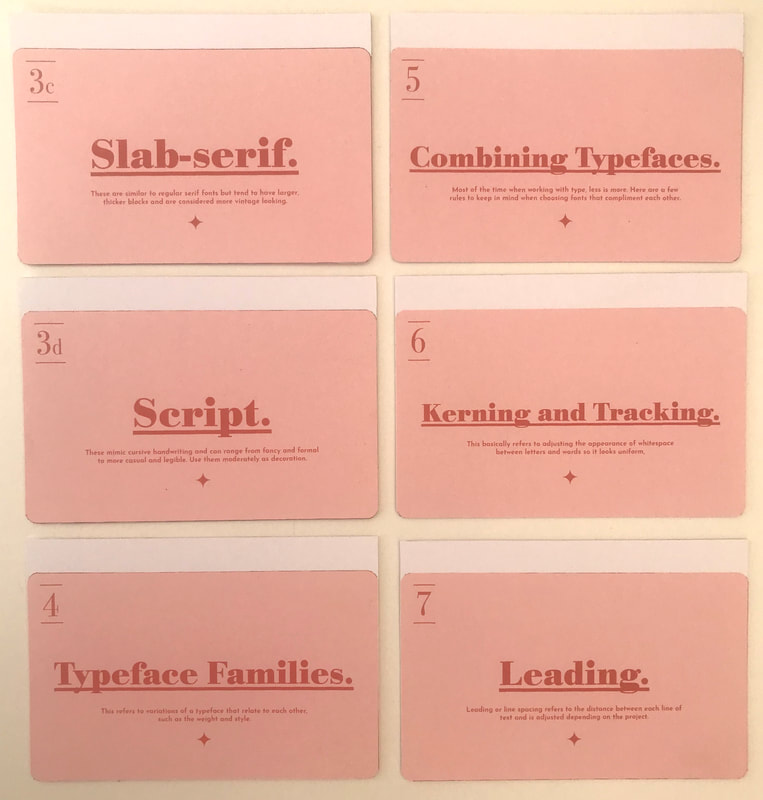
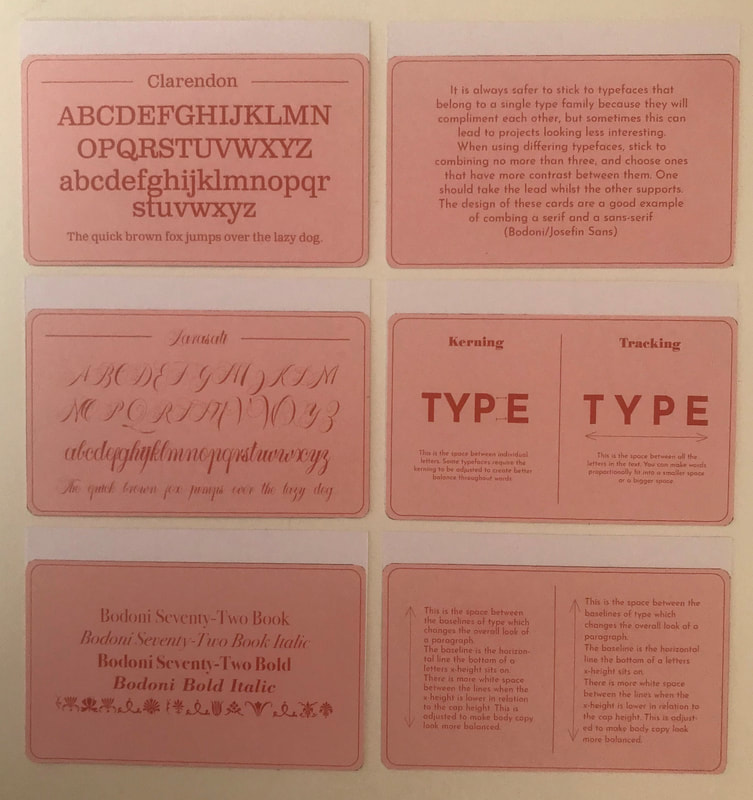
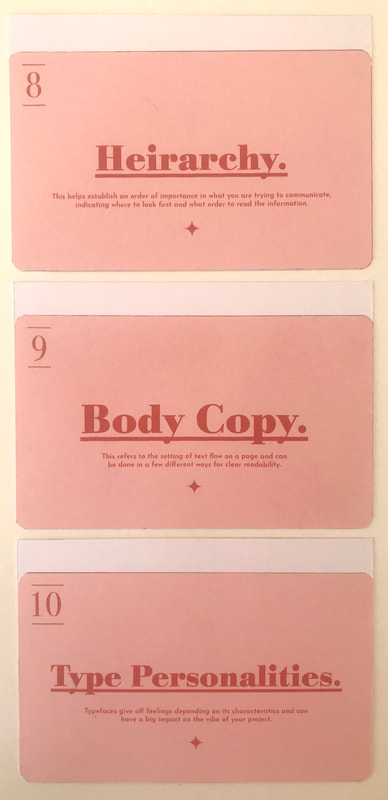
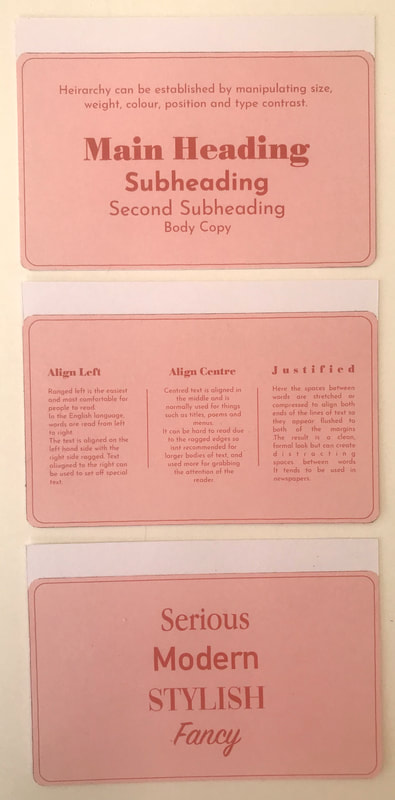
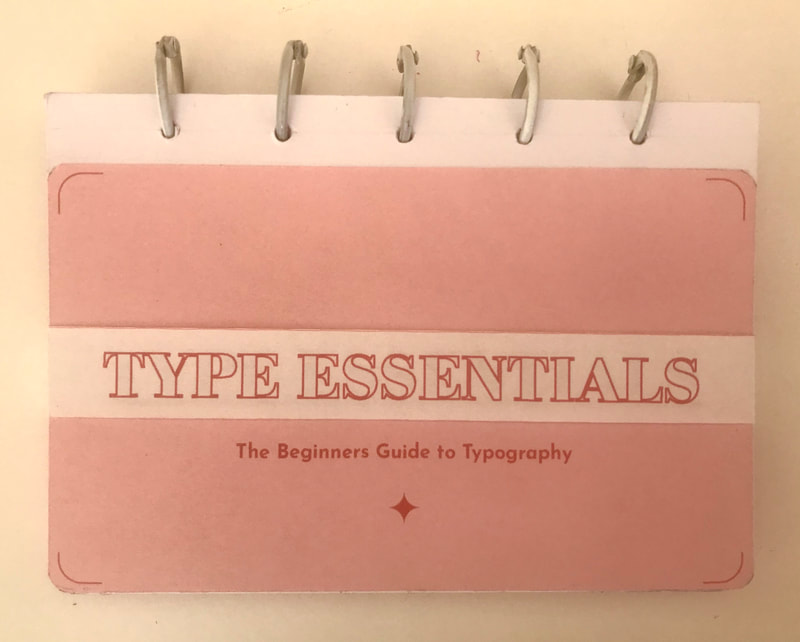
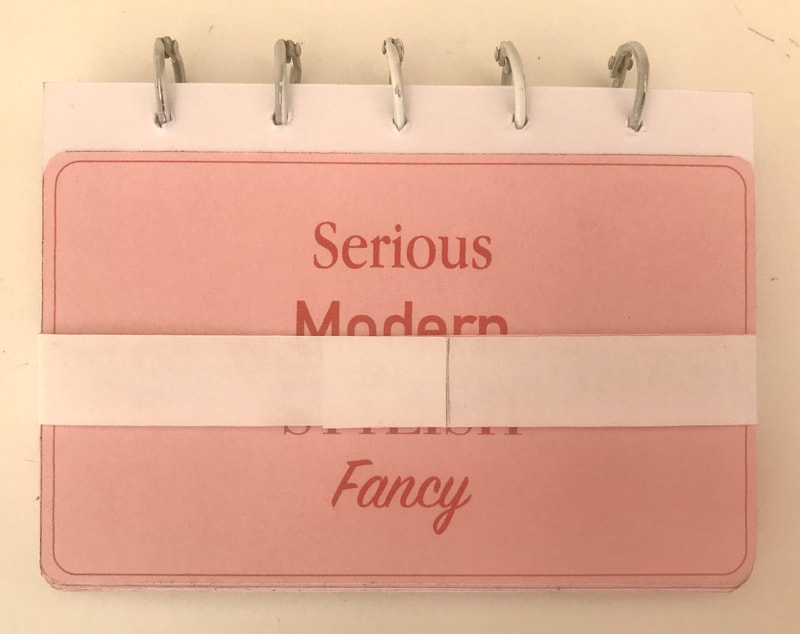
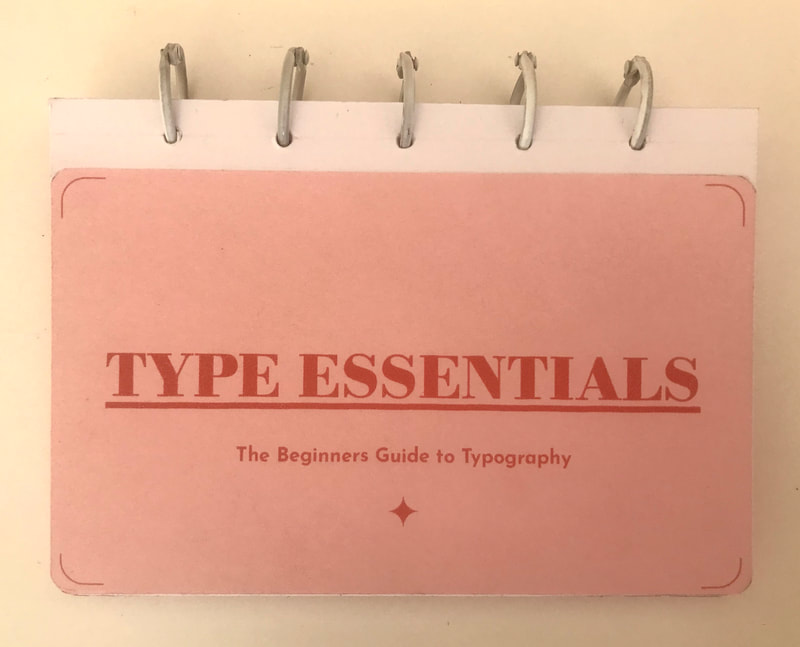
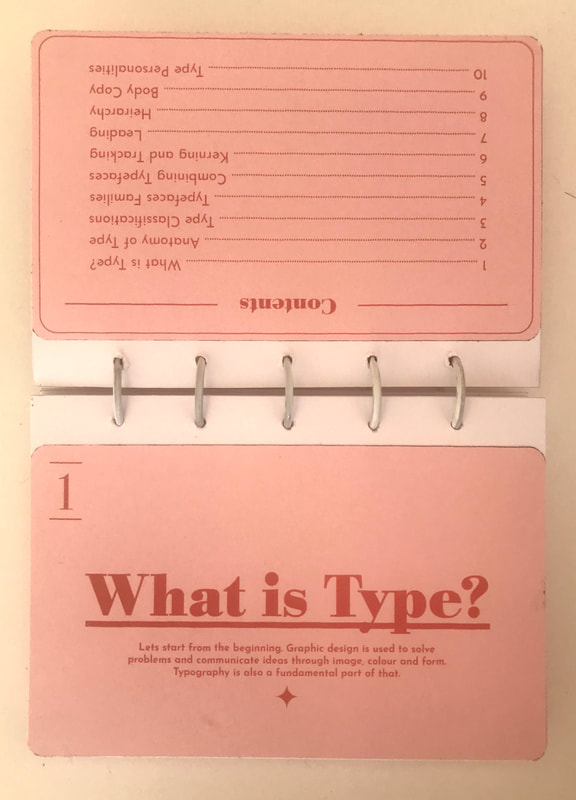
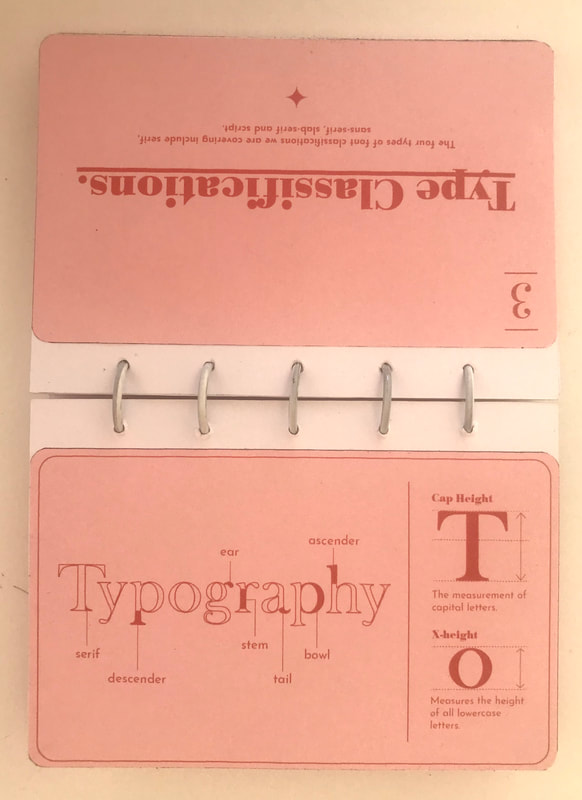
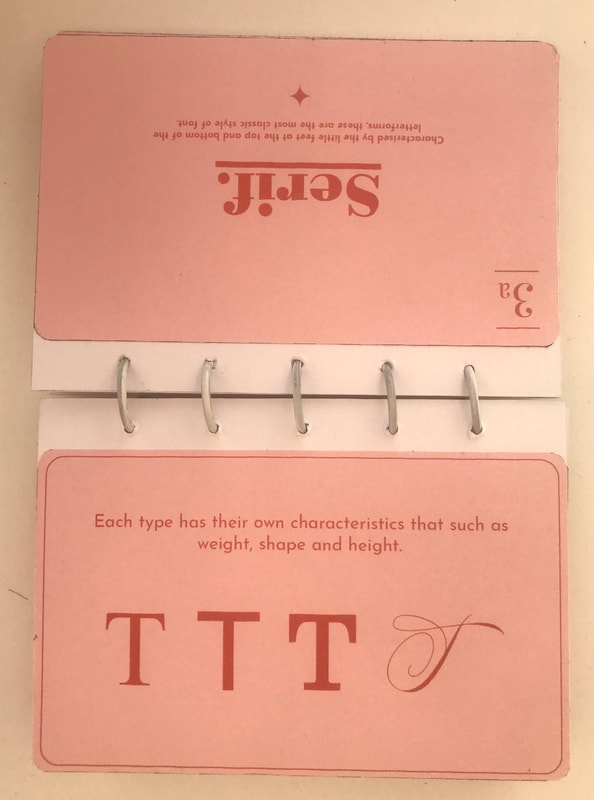
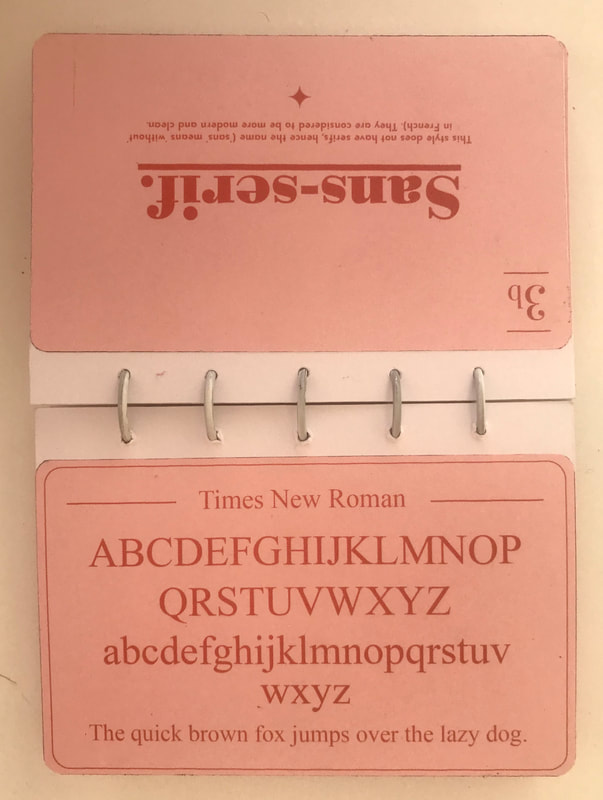
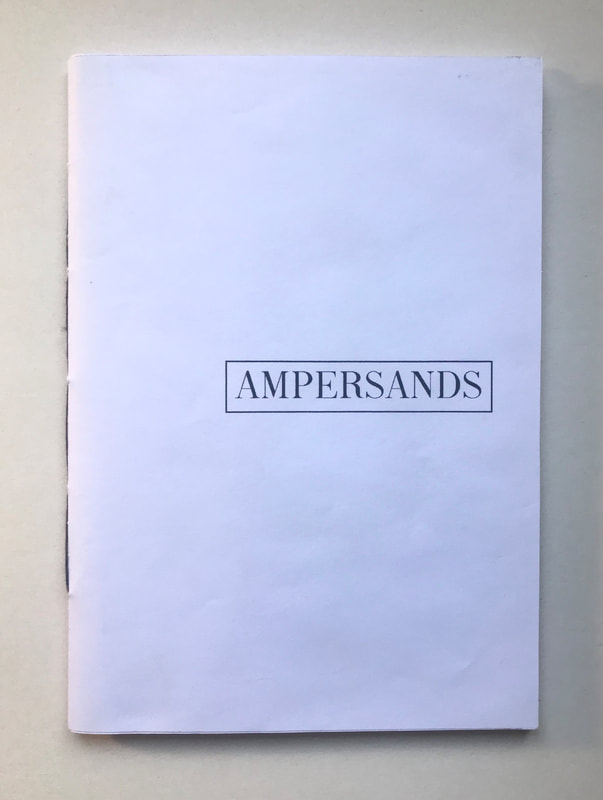
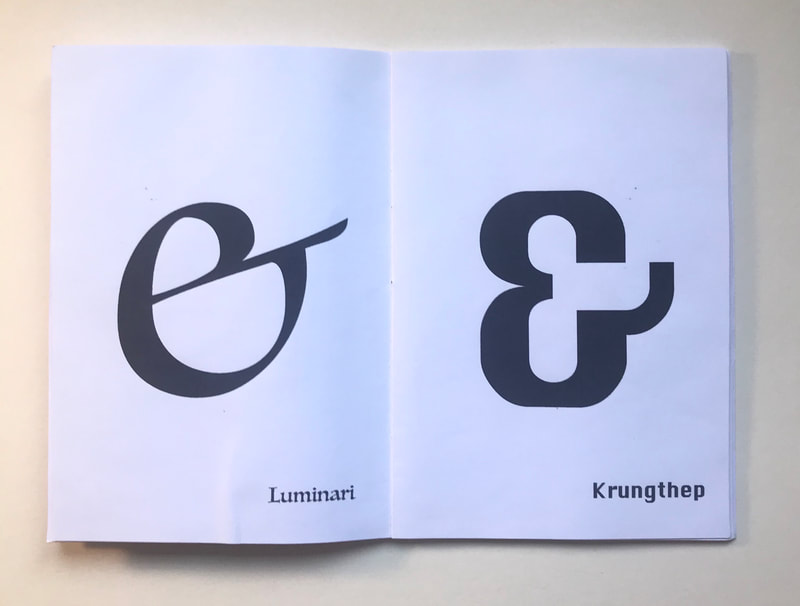
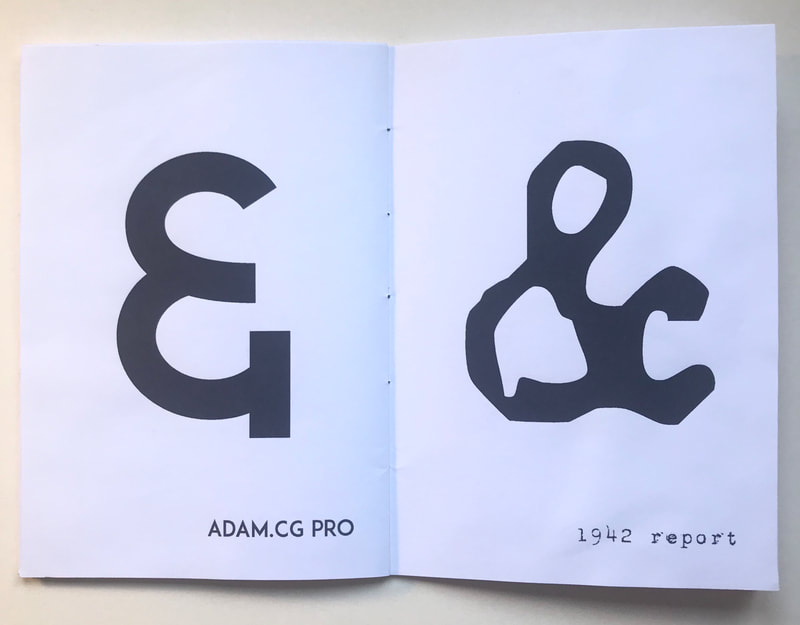
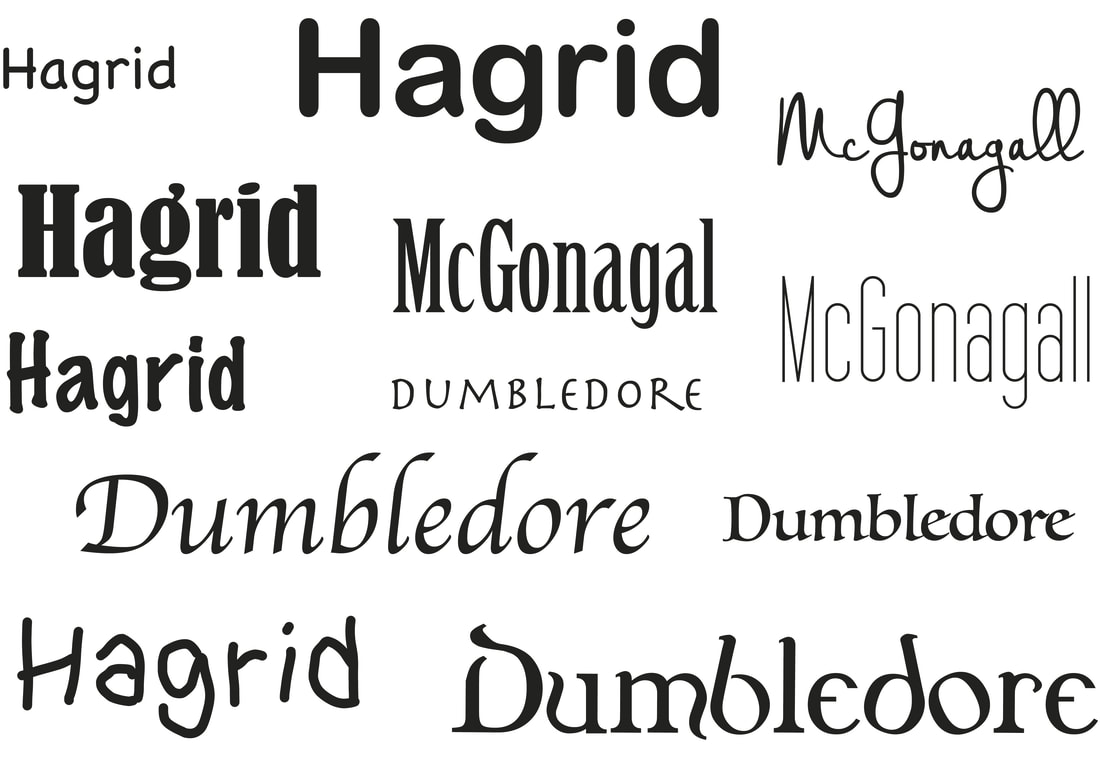
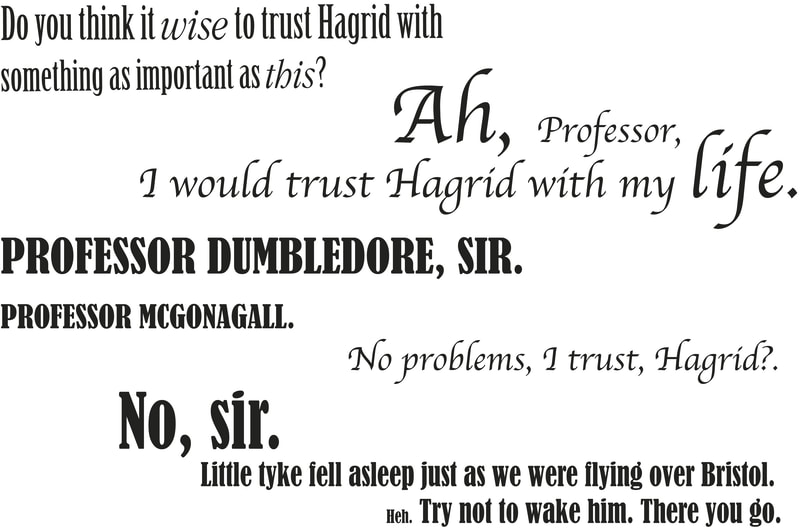
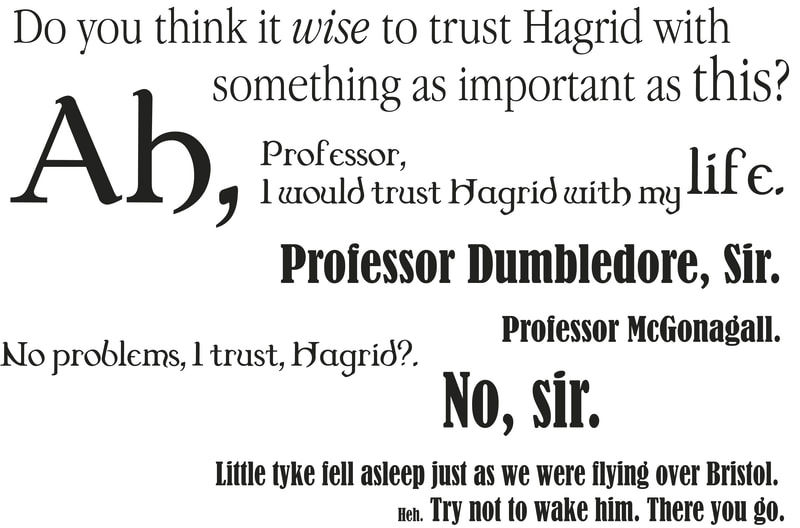
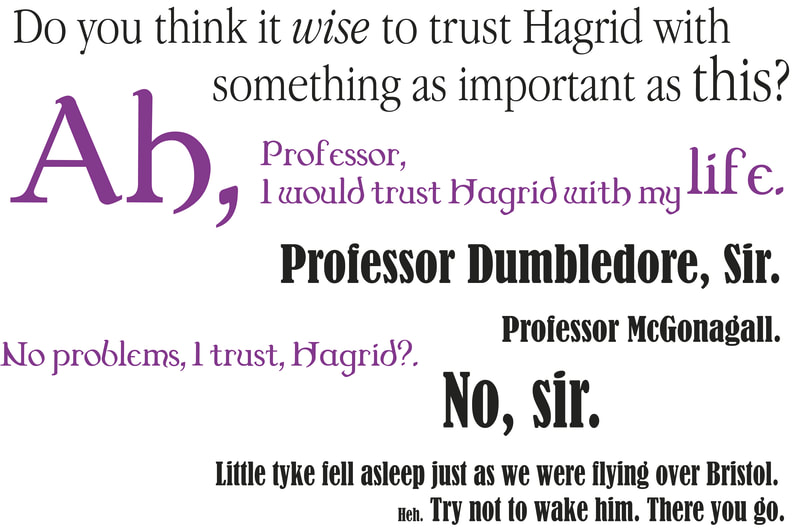
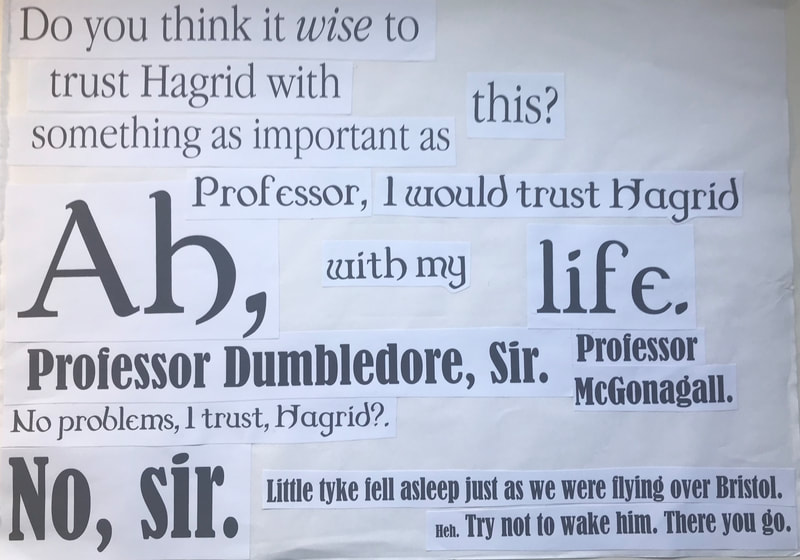
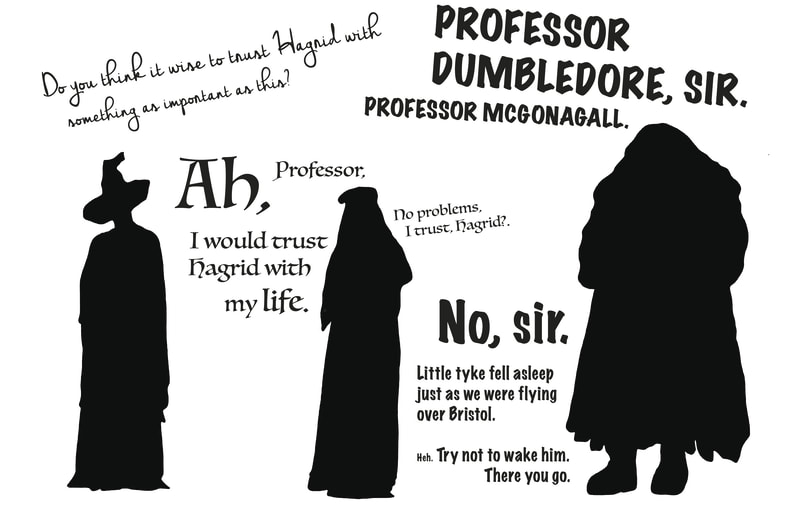
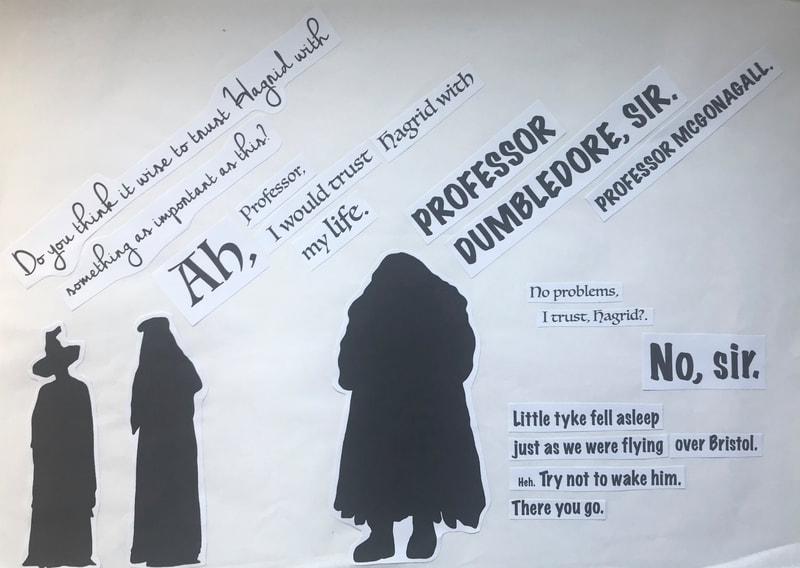
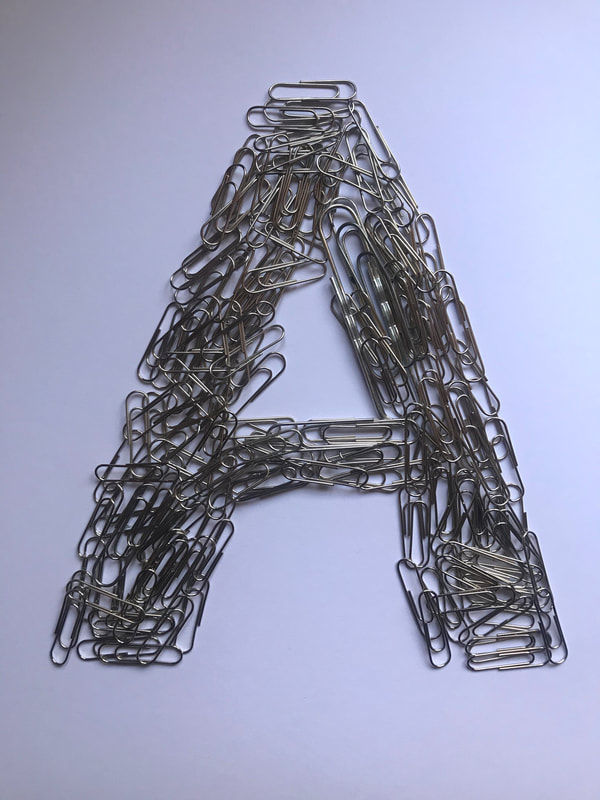
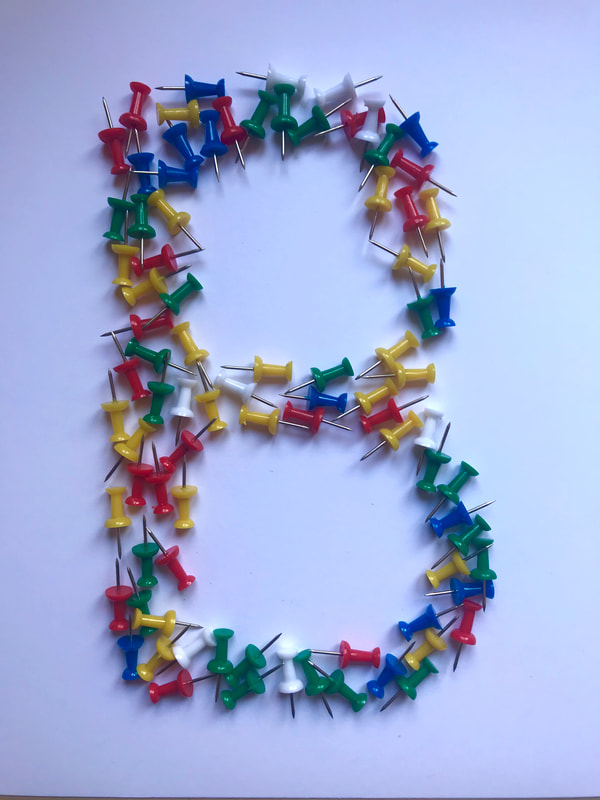
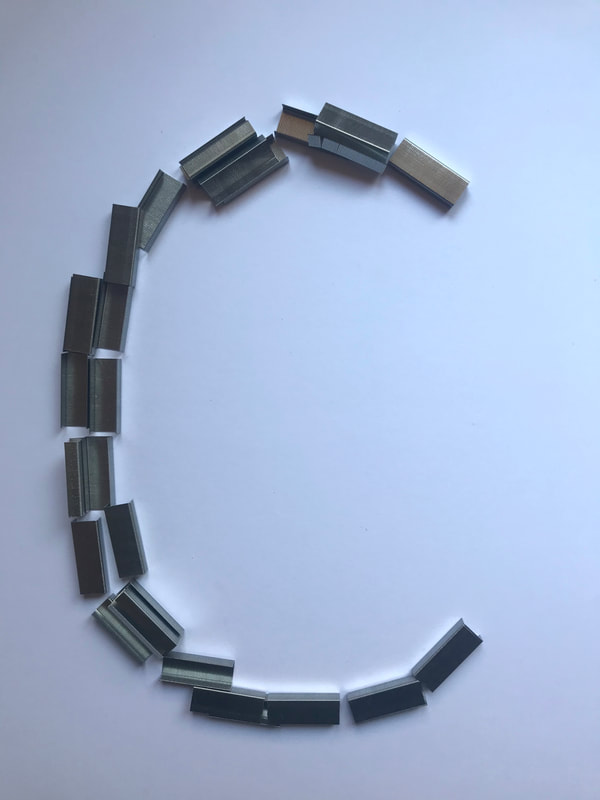
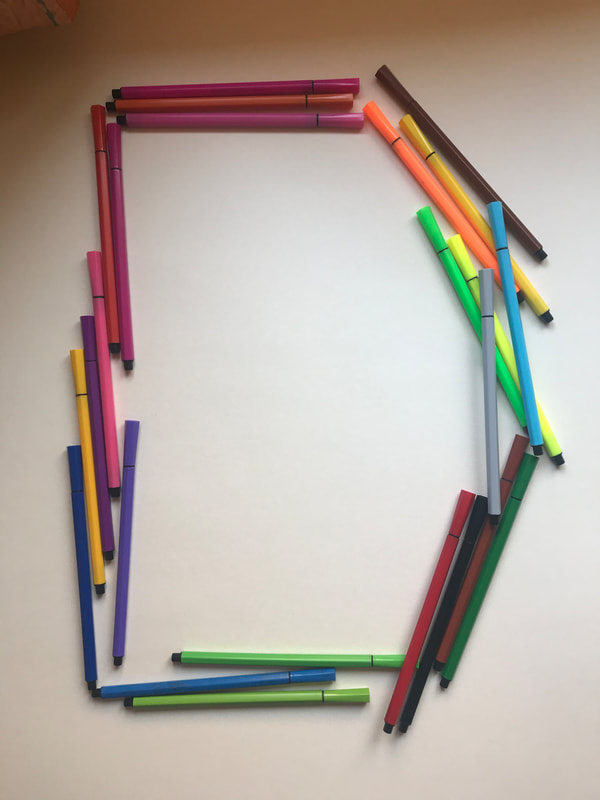
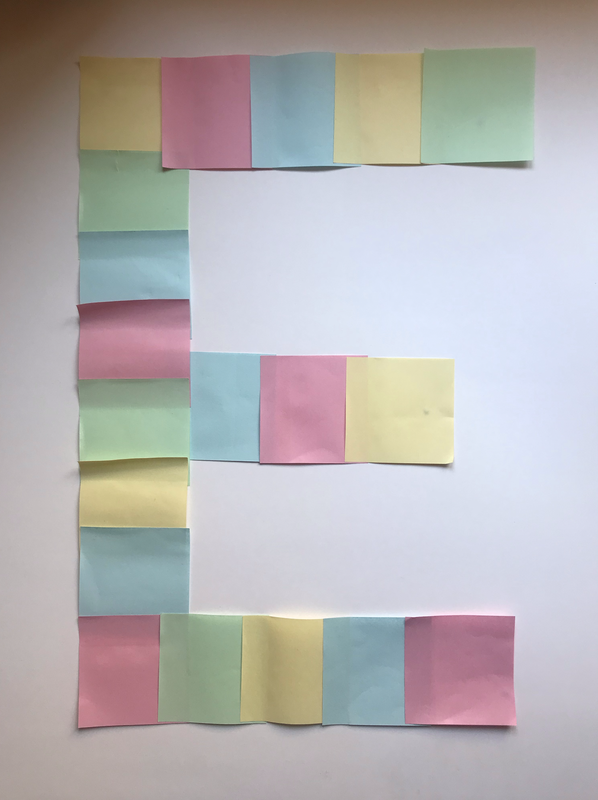
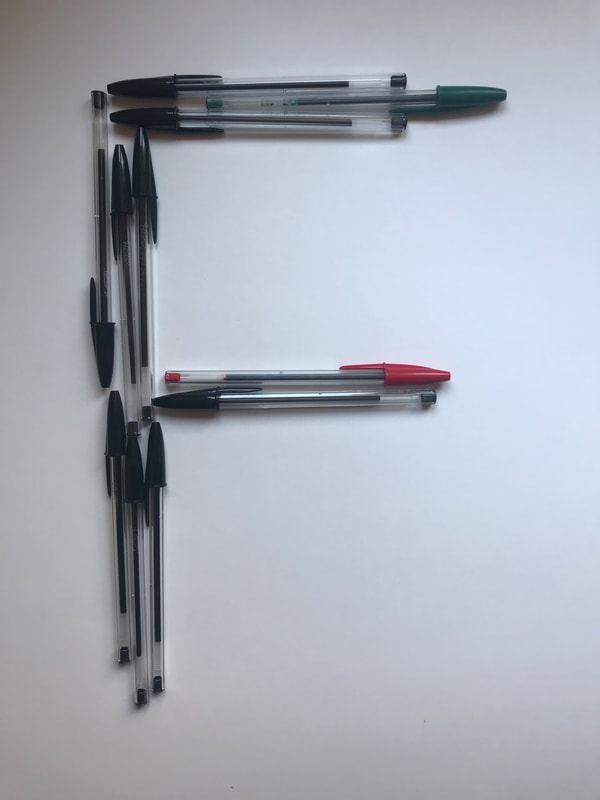
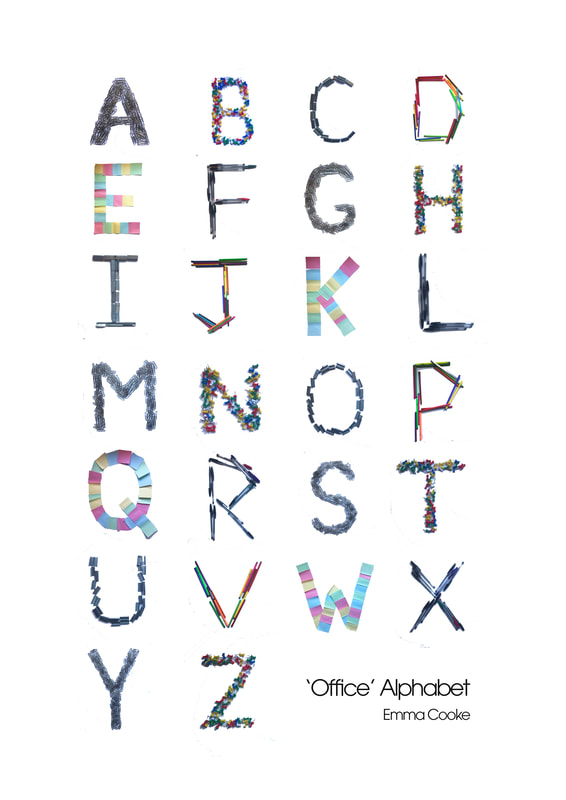
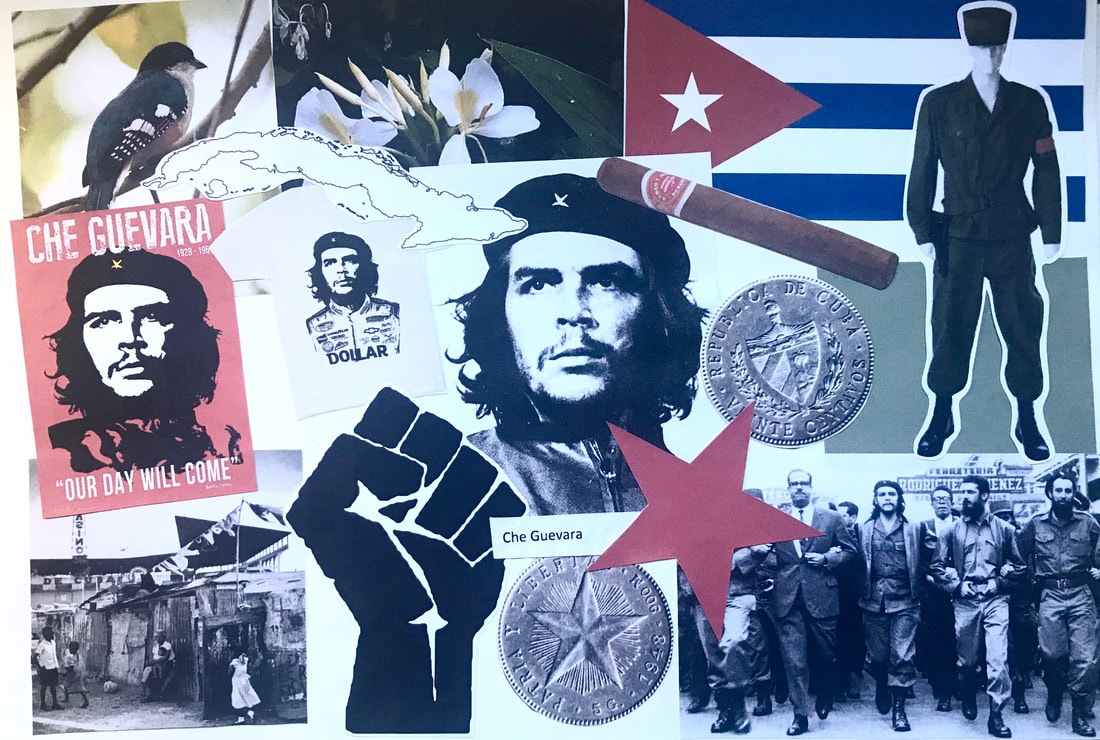
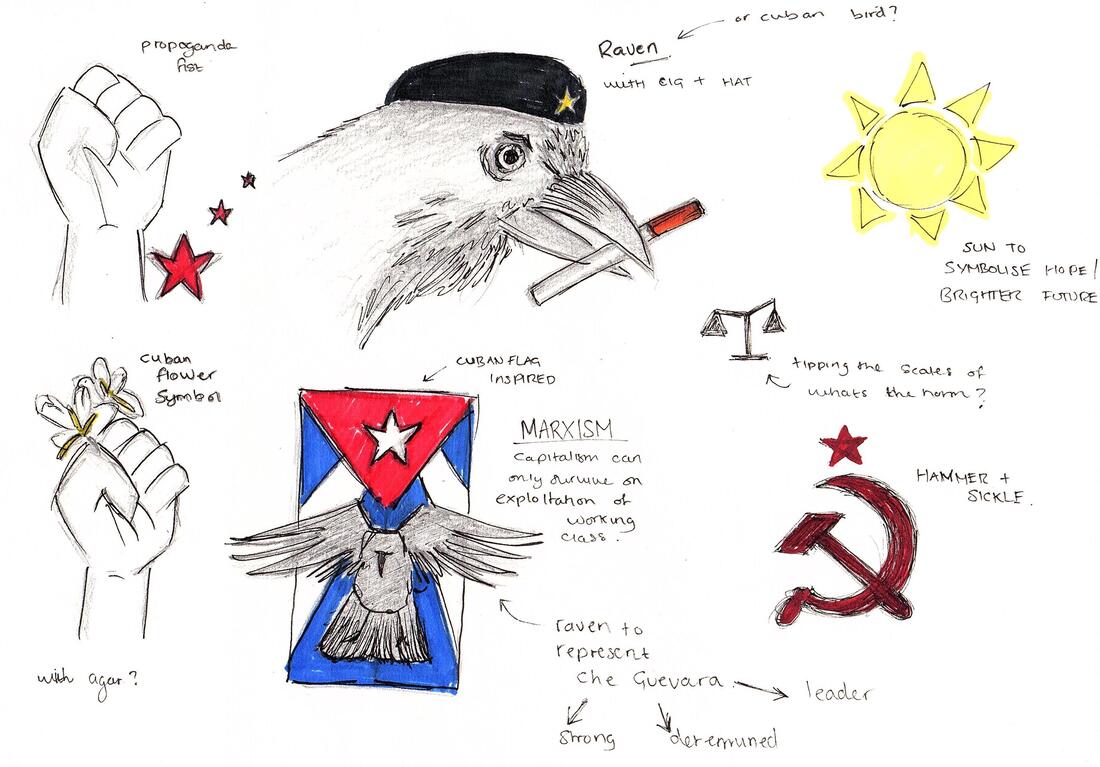
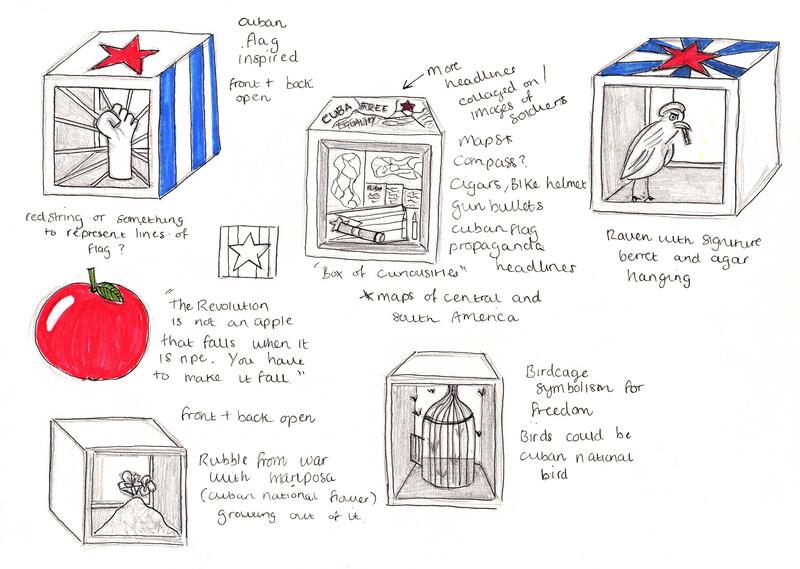
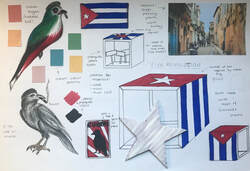
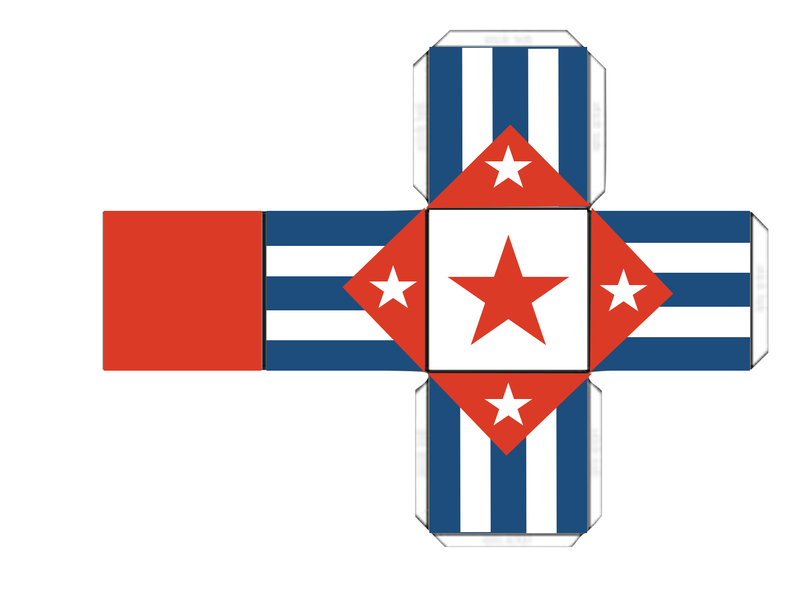
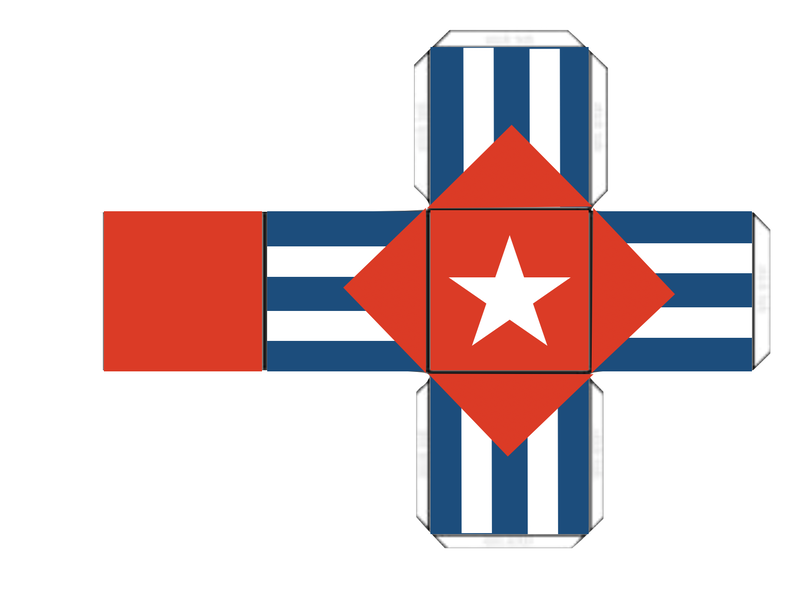
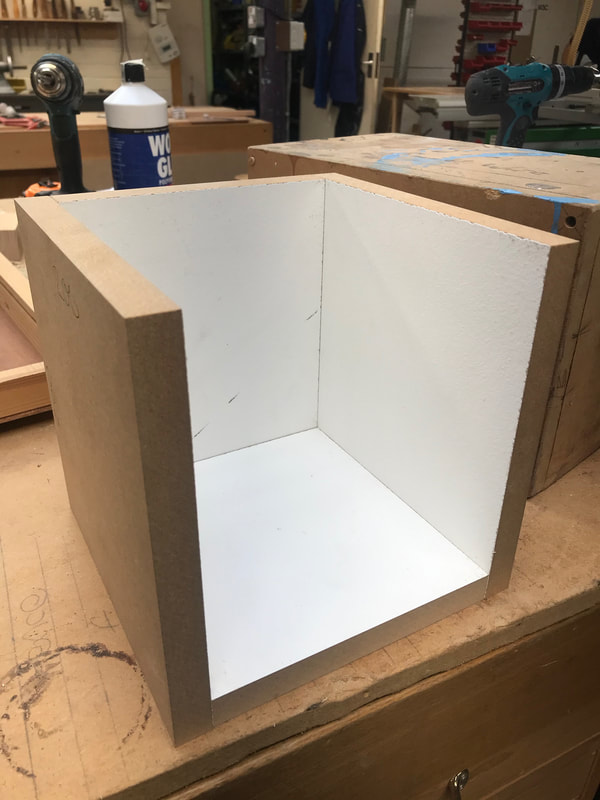
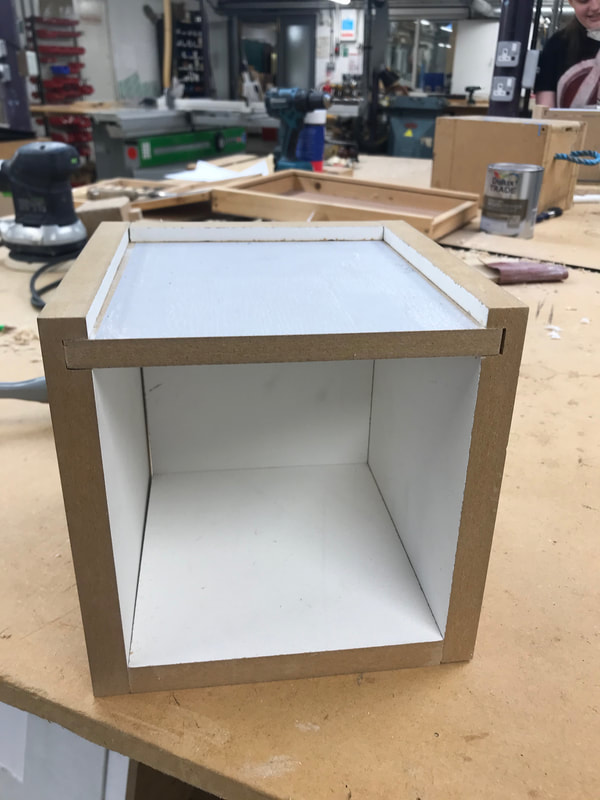
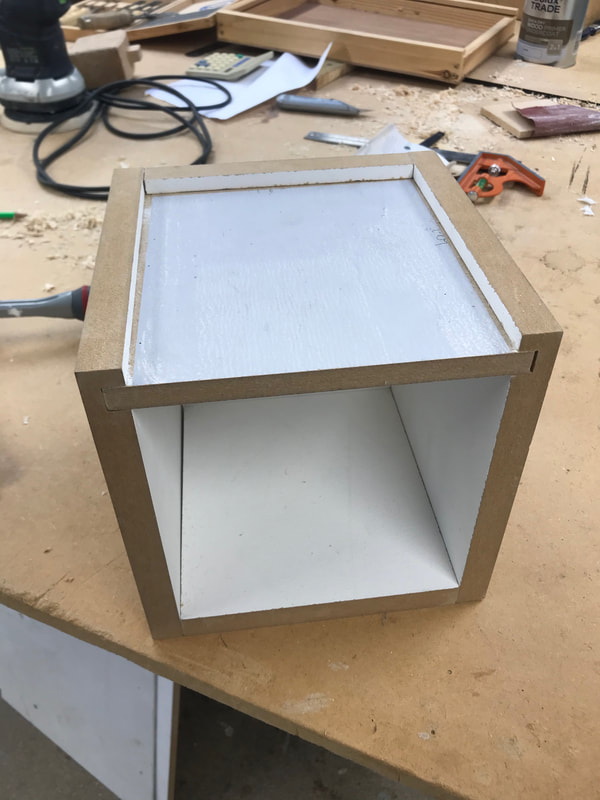
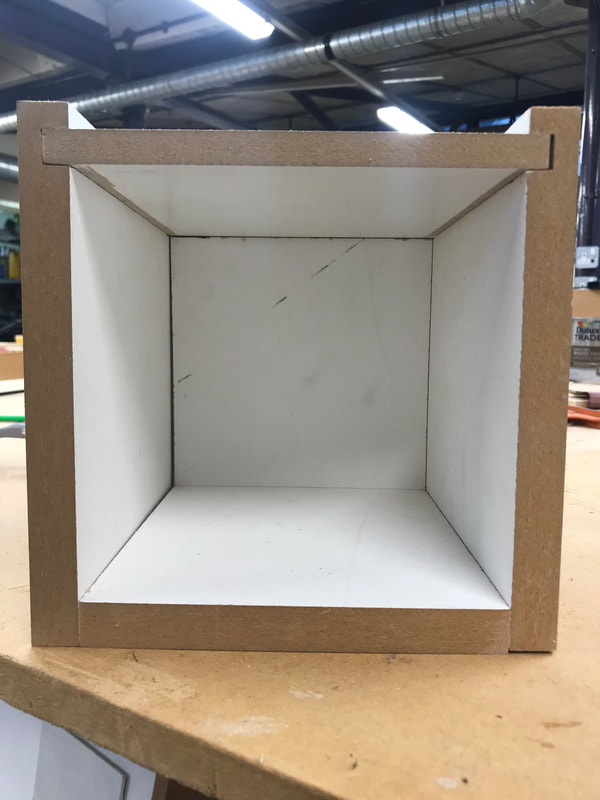
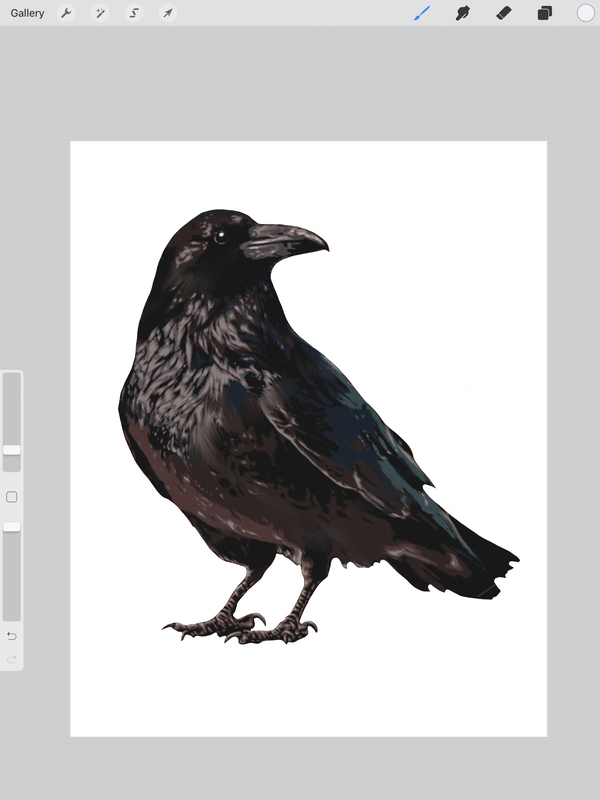
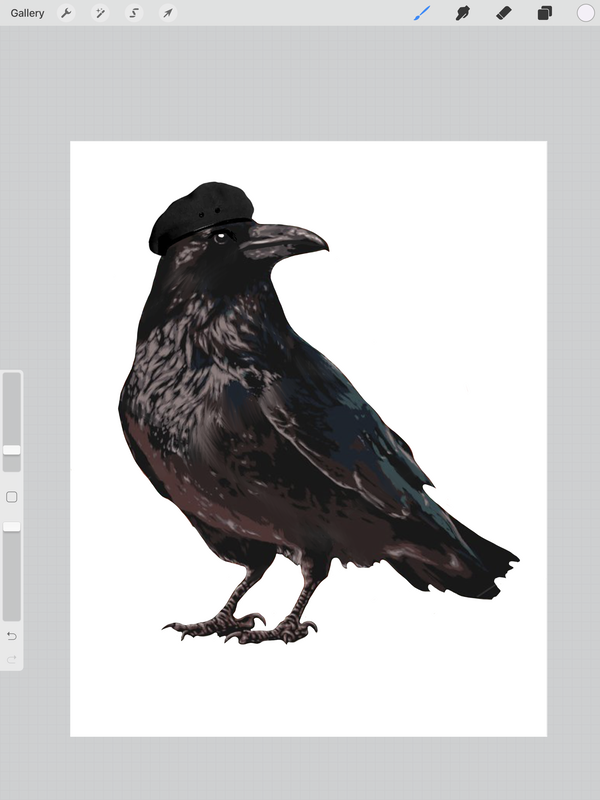
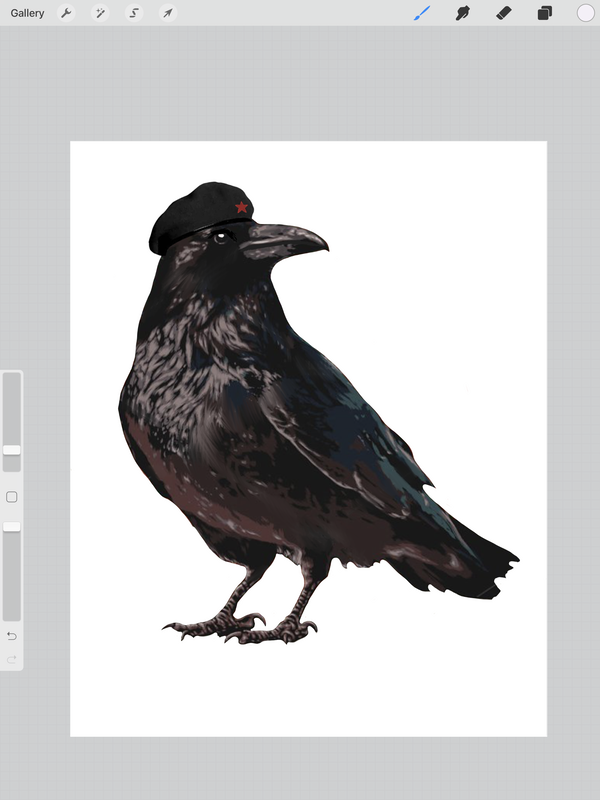
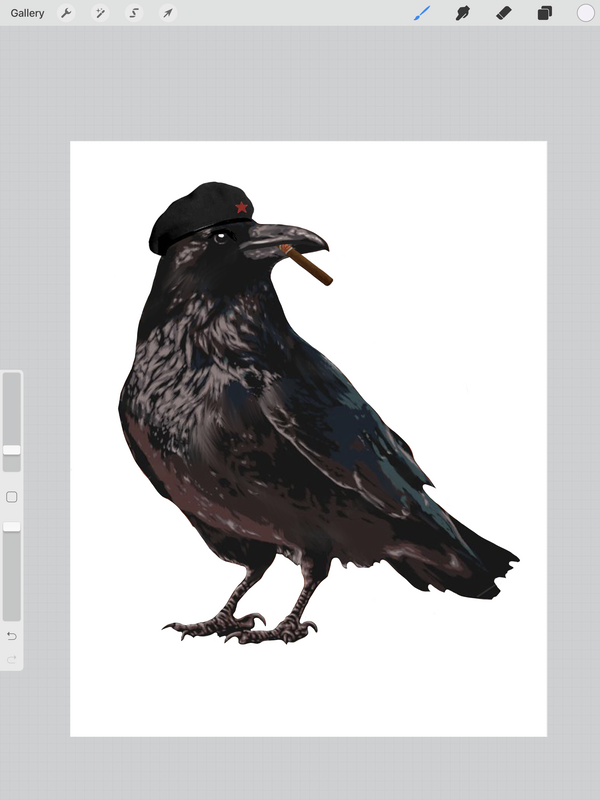
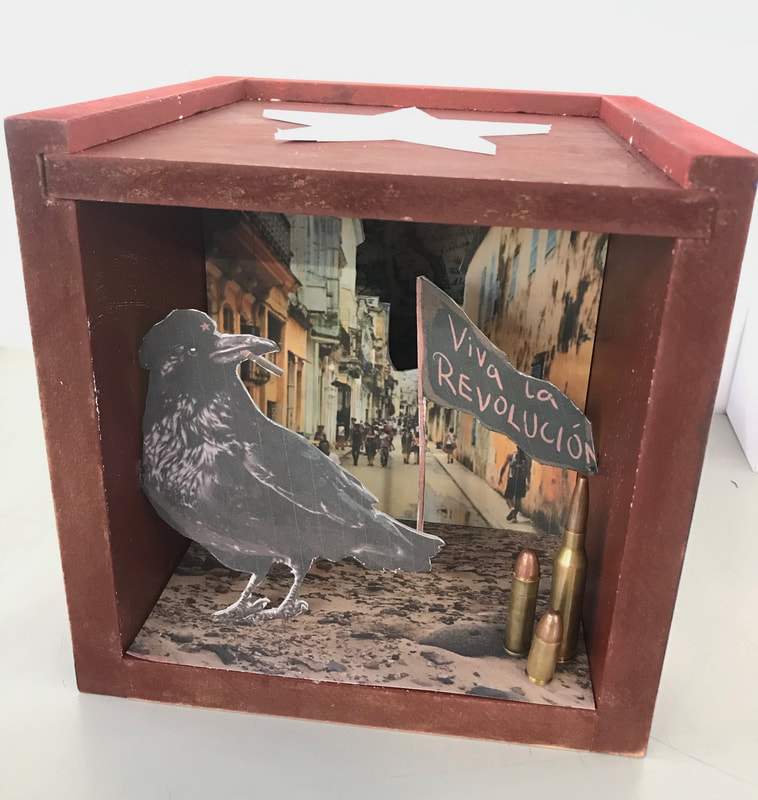
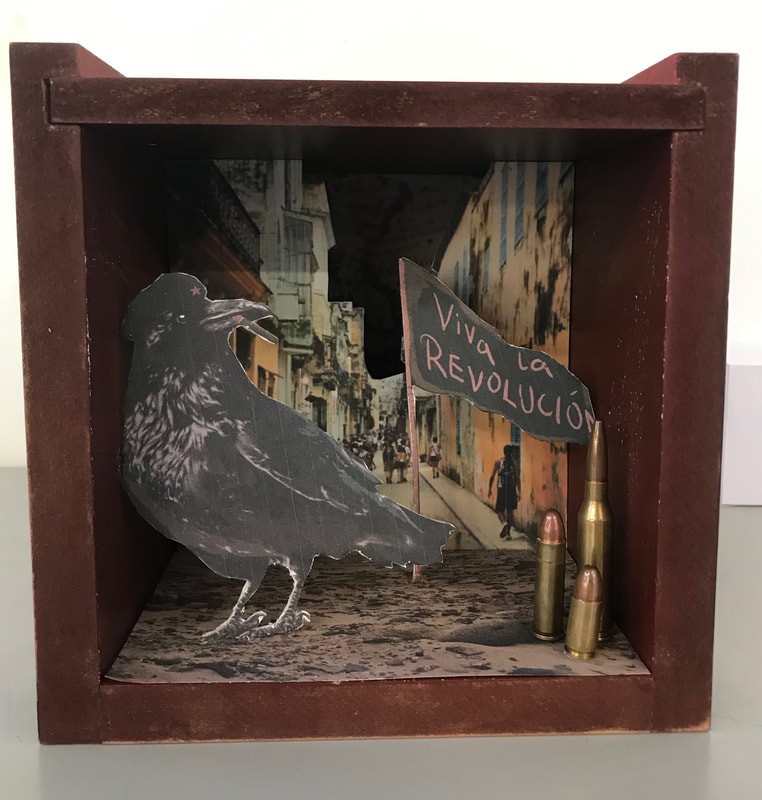
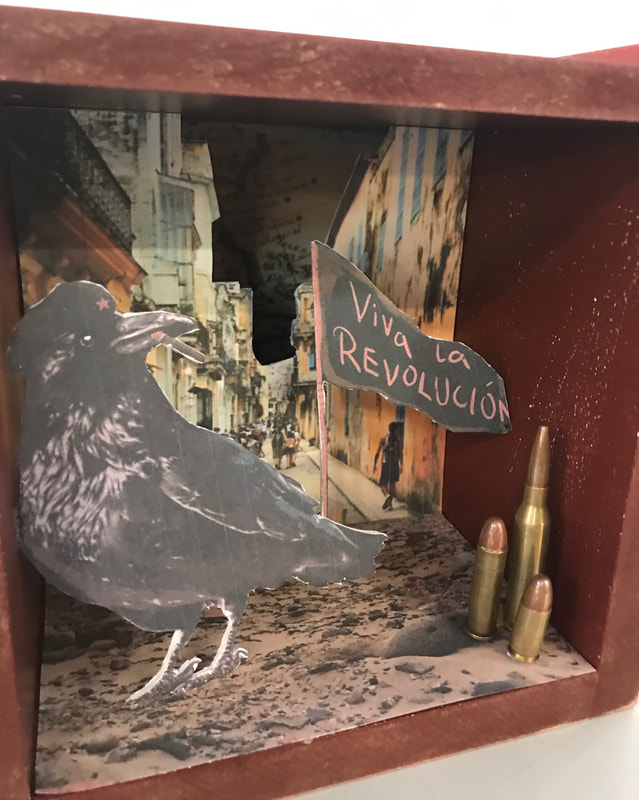
 RSS Feed
RSS Feed